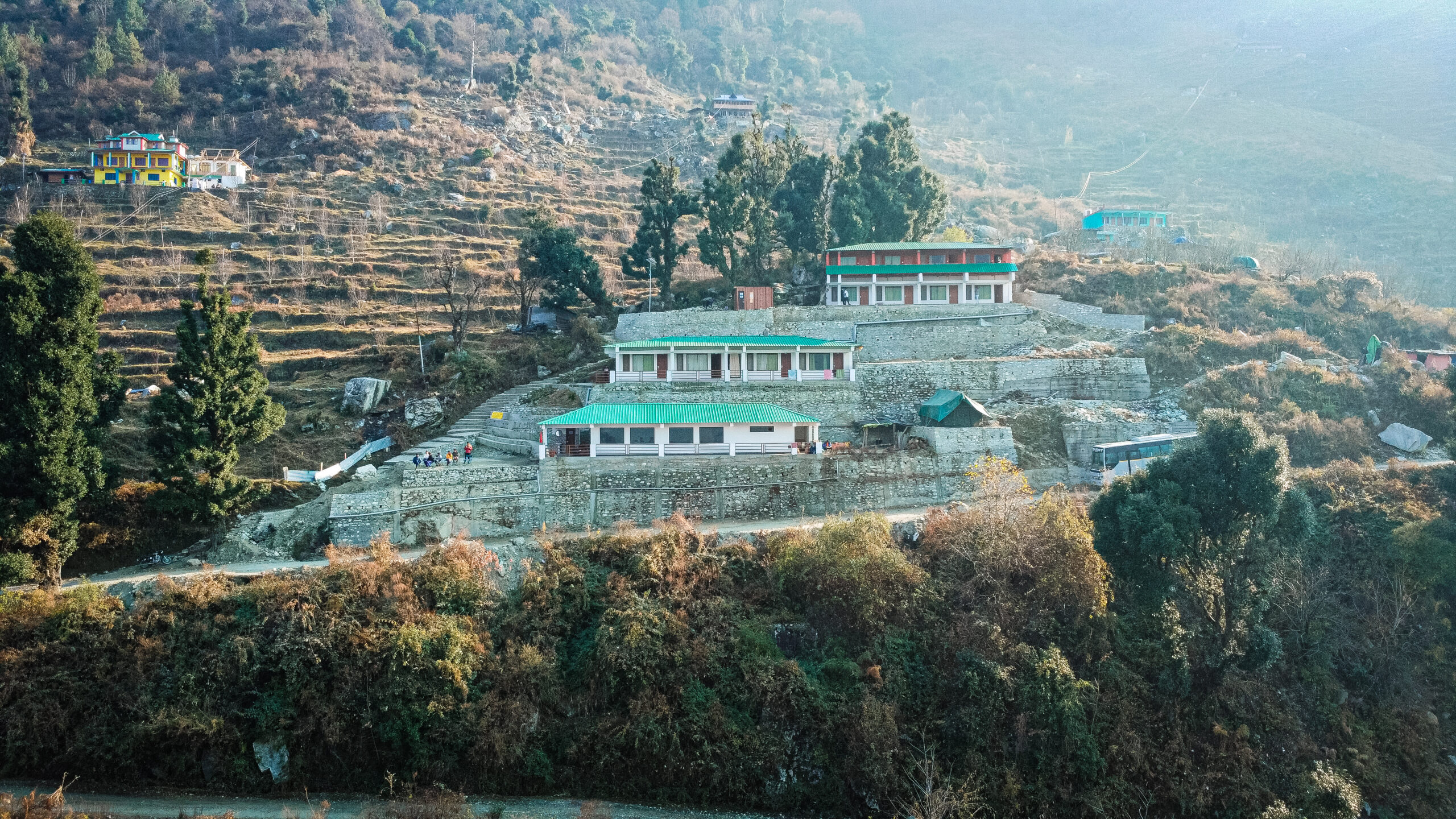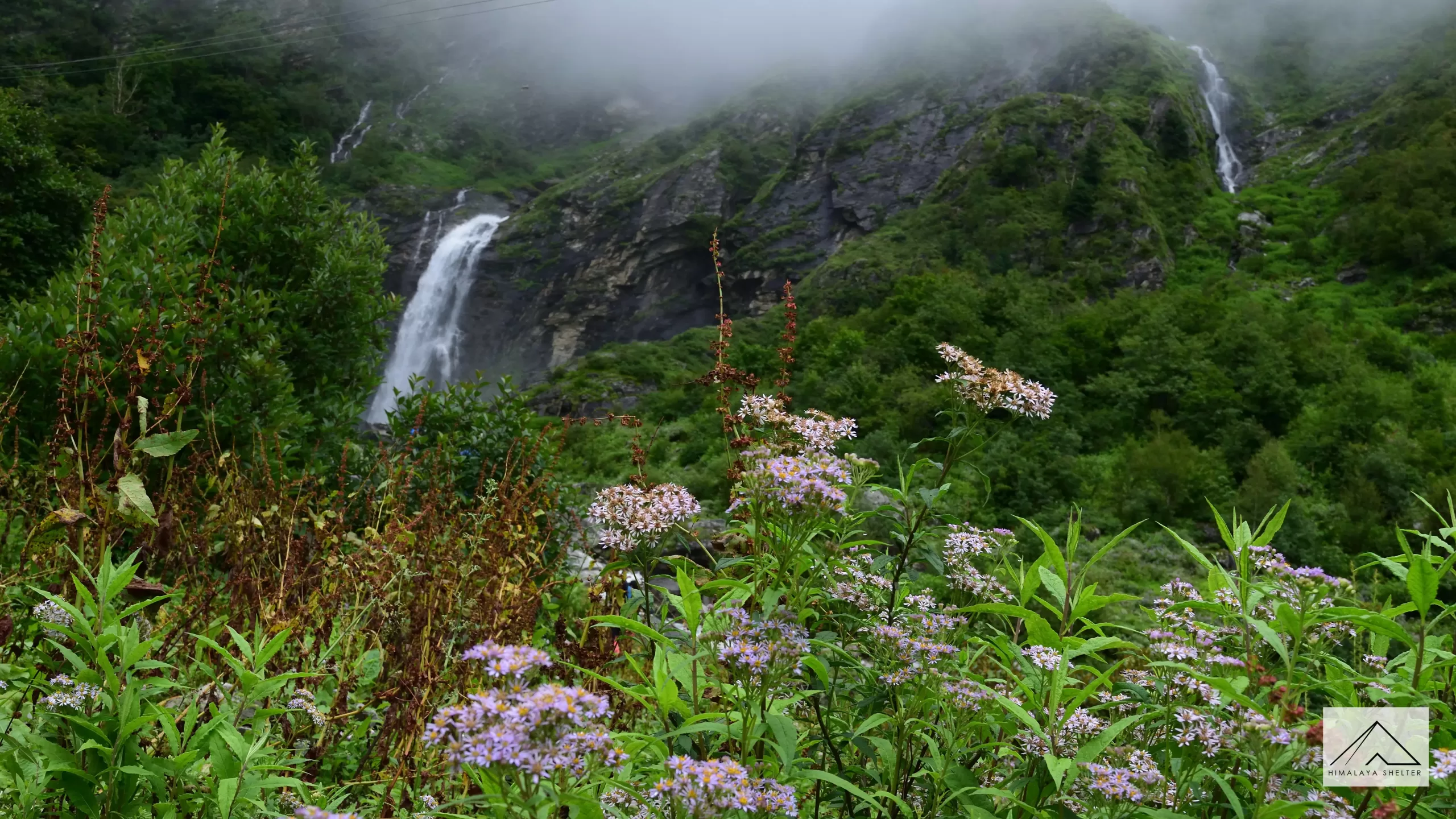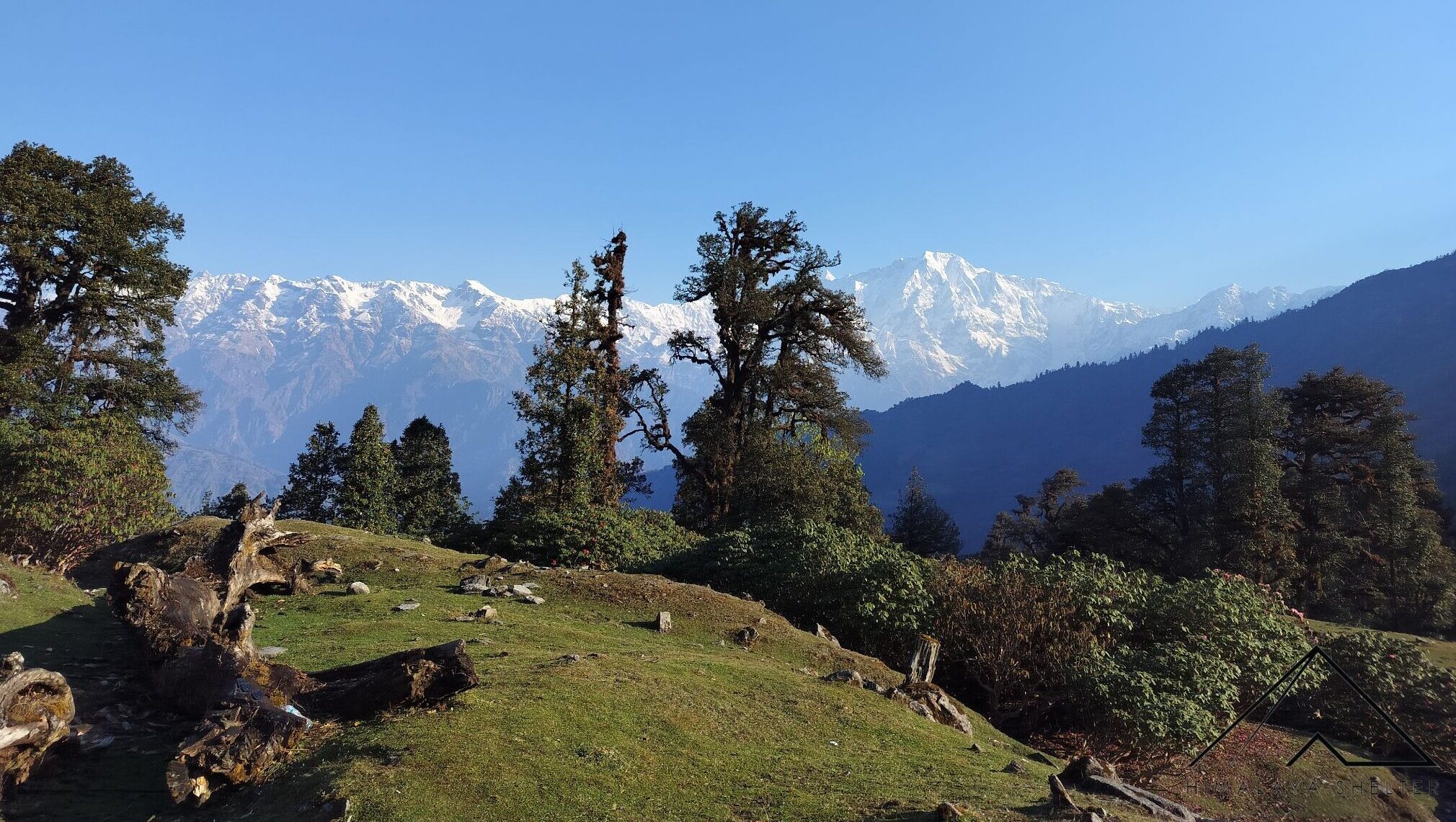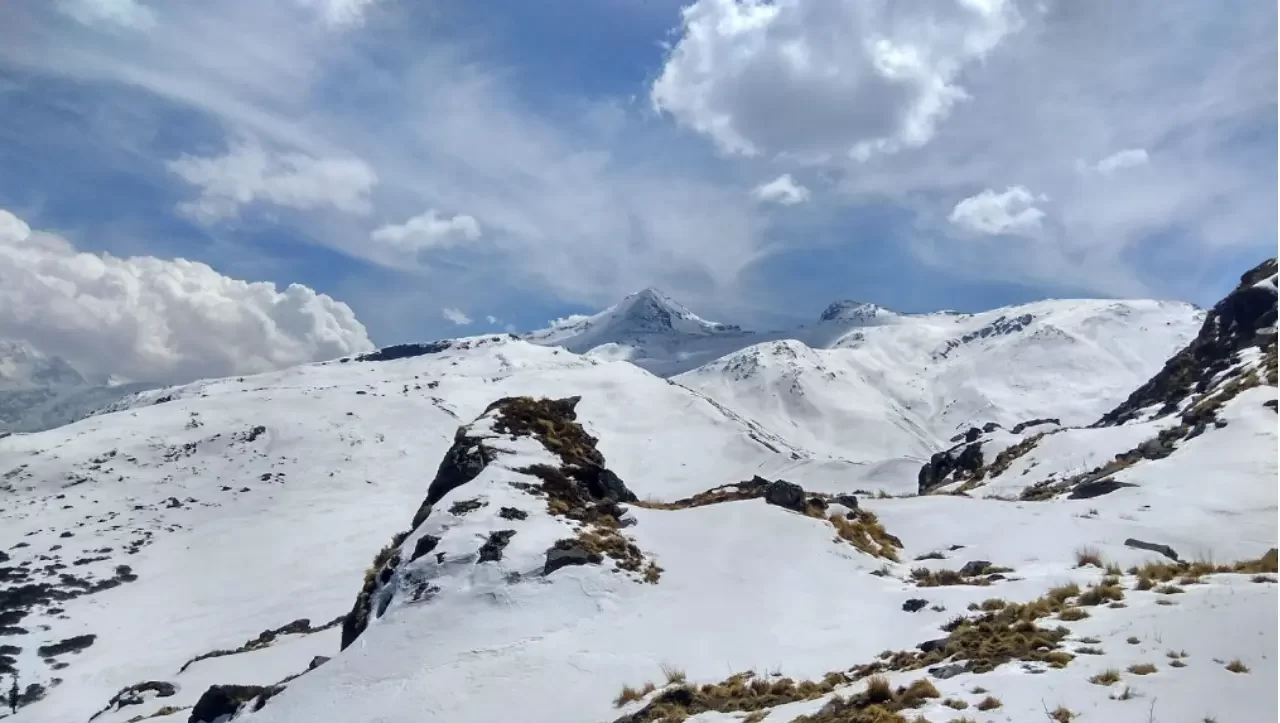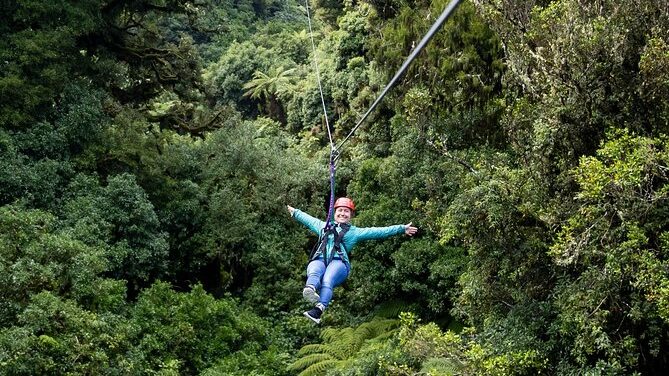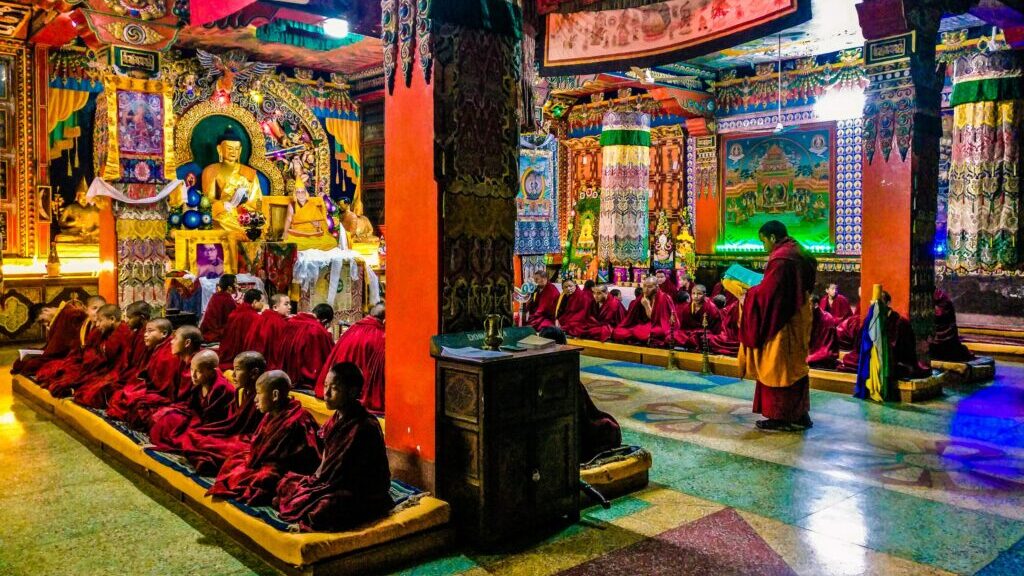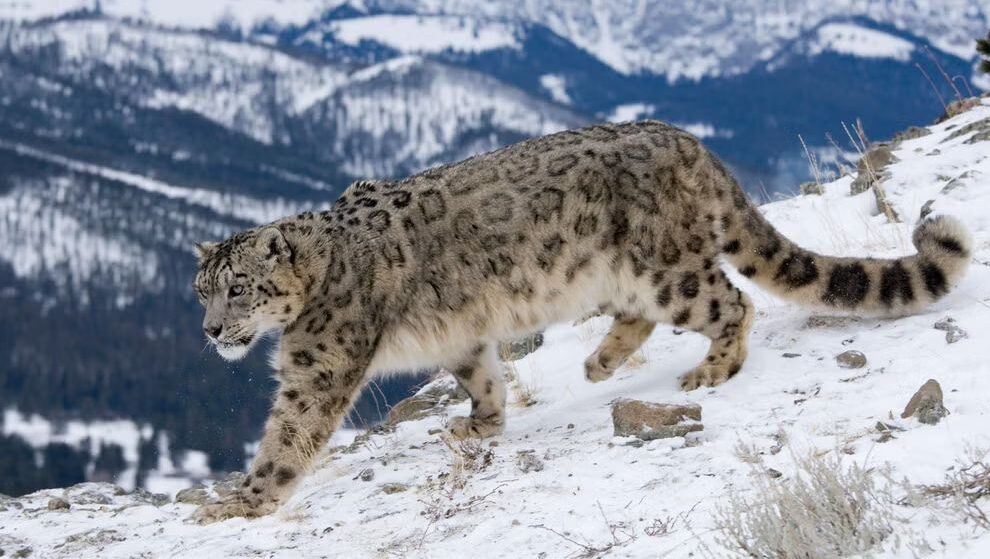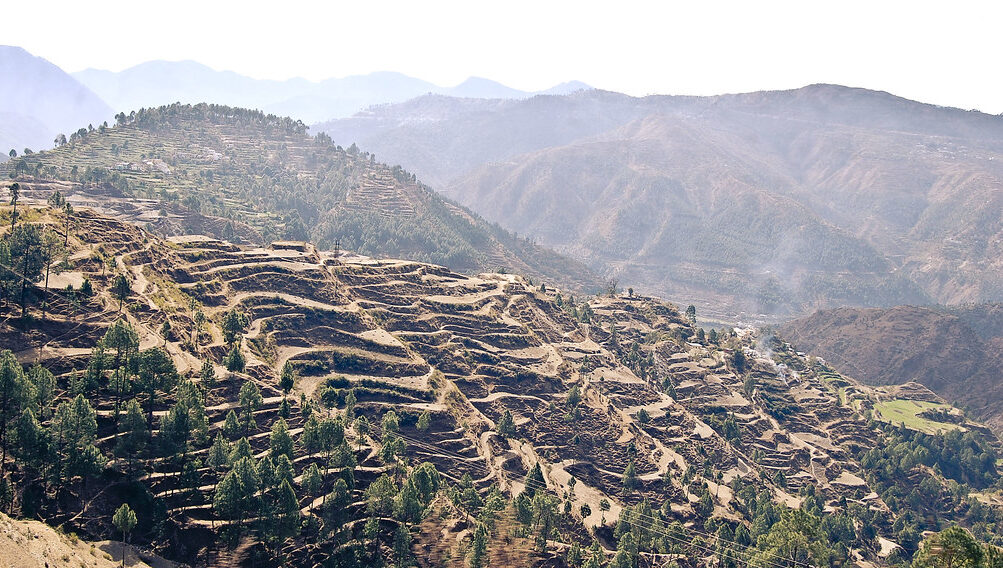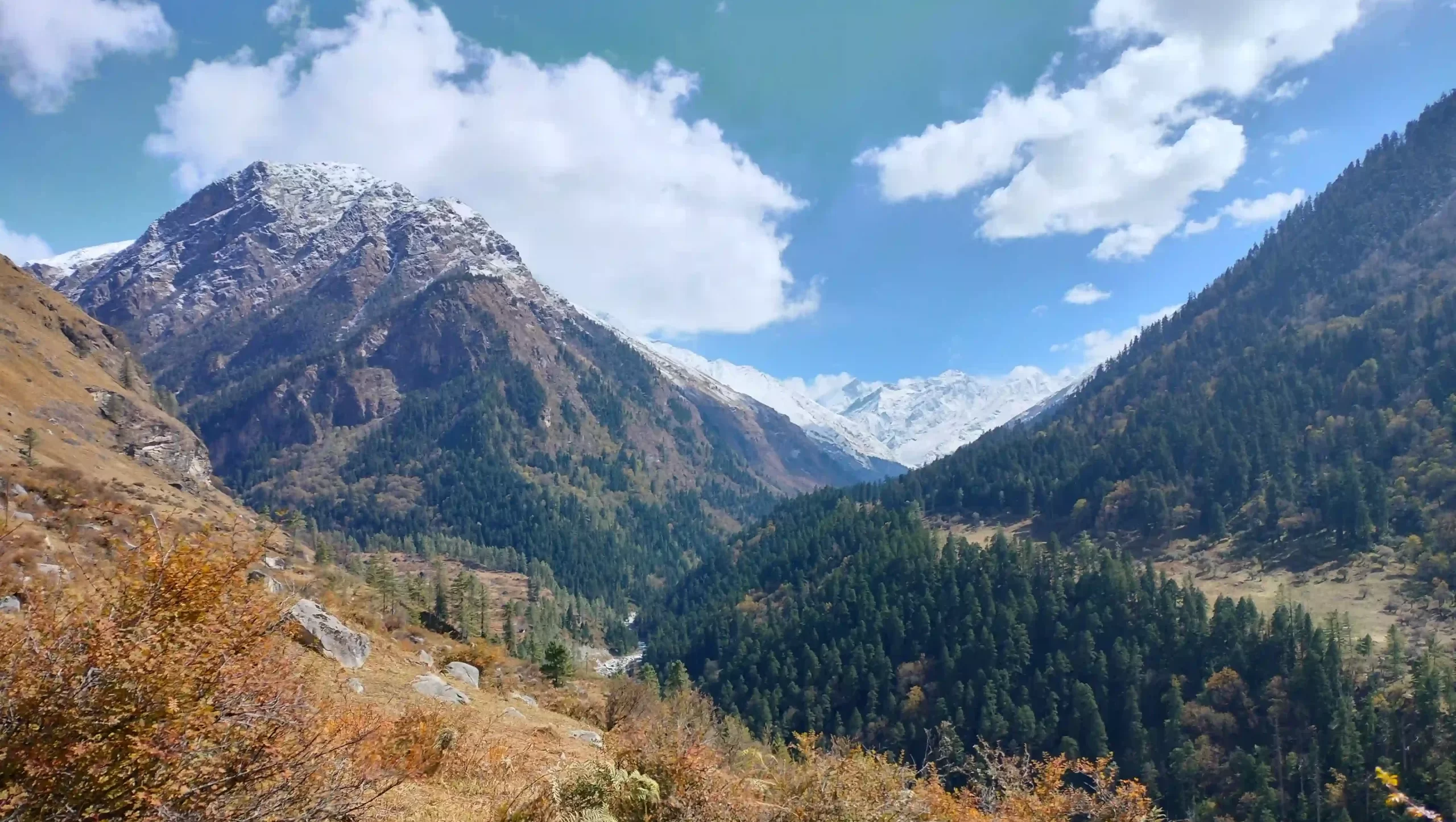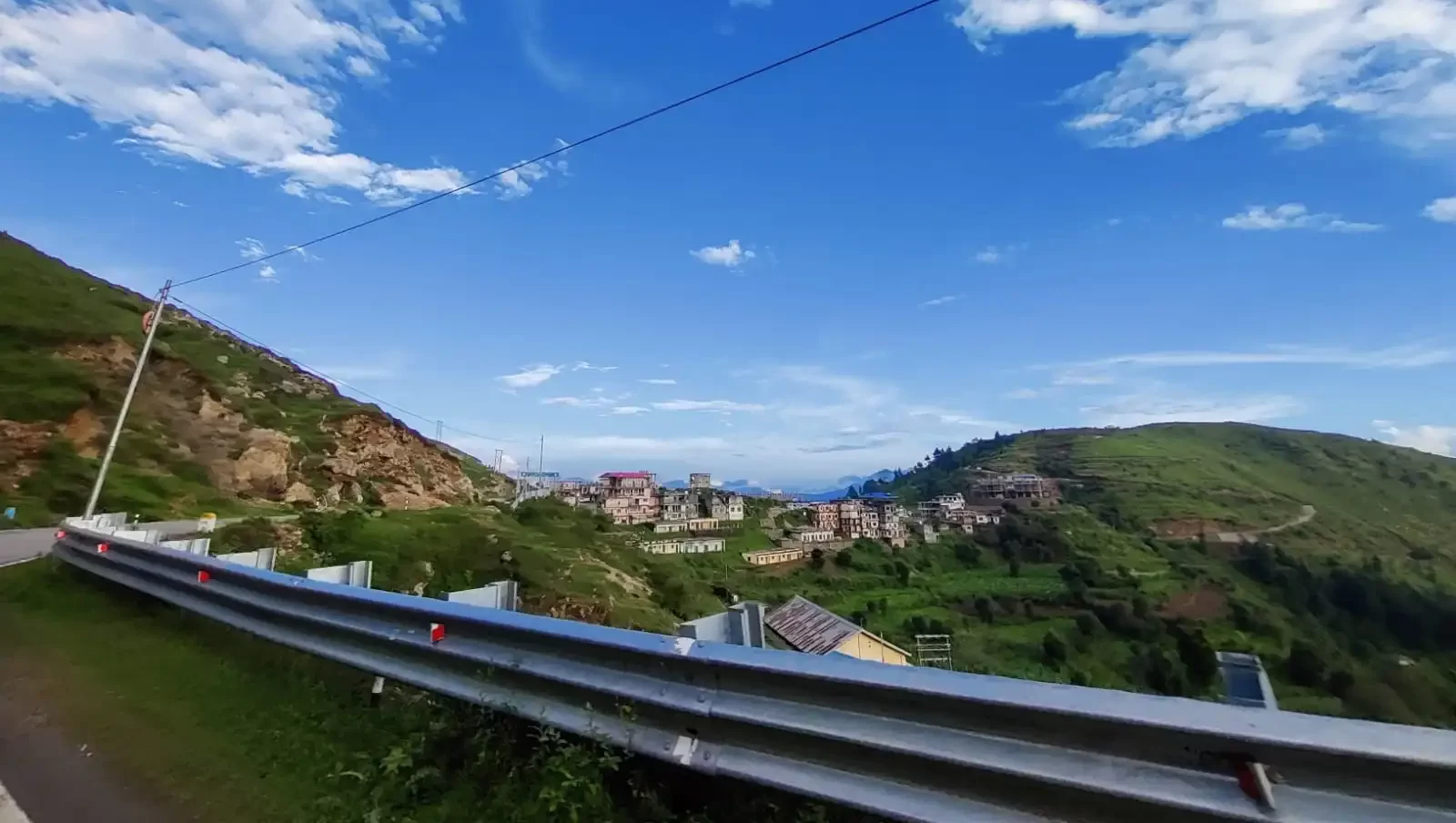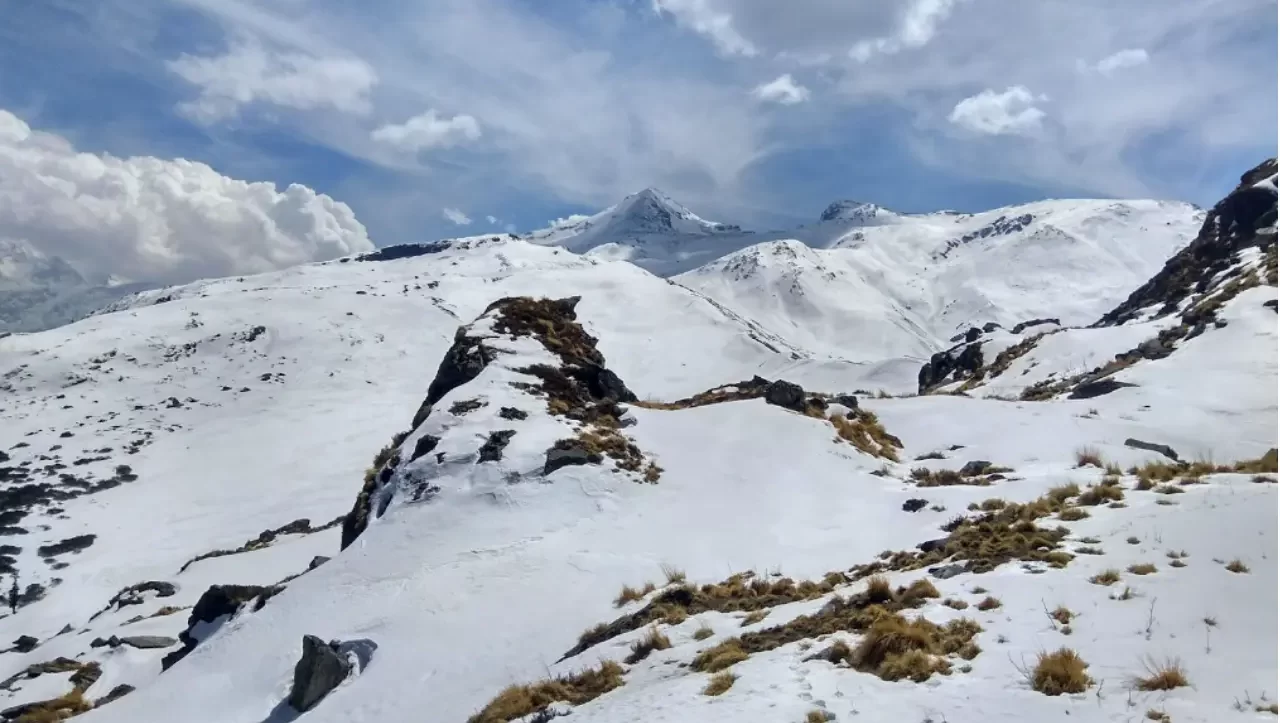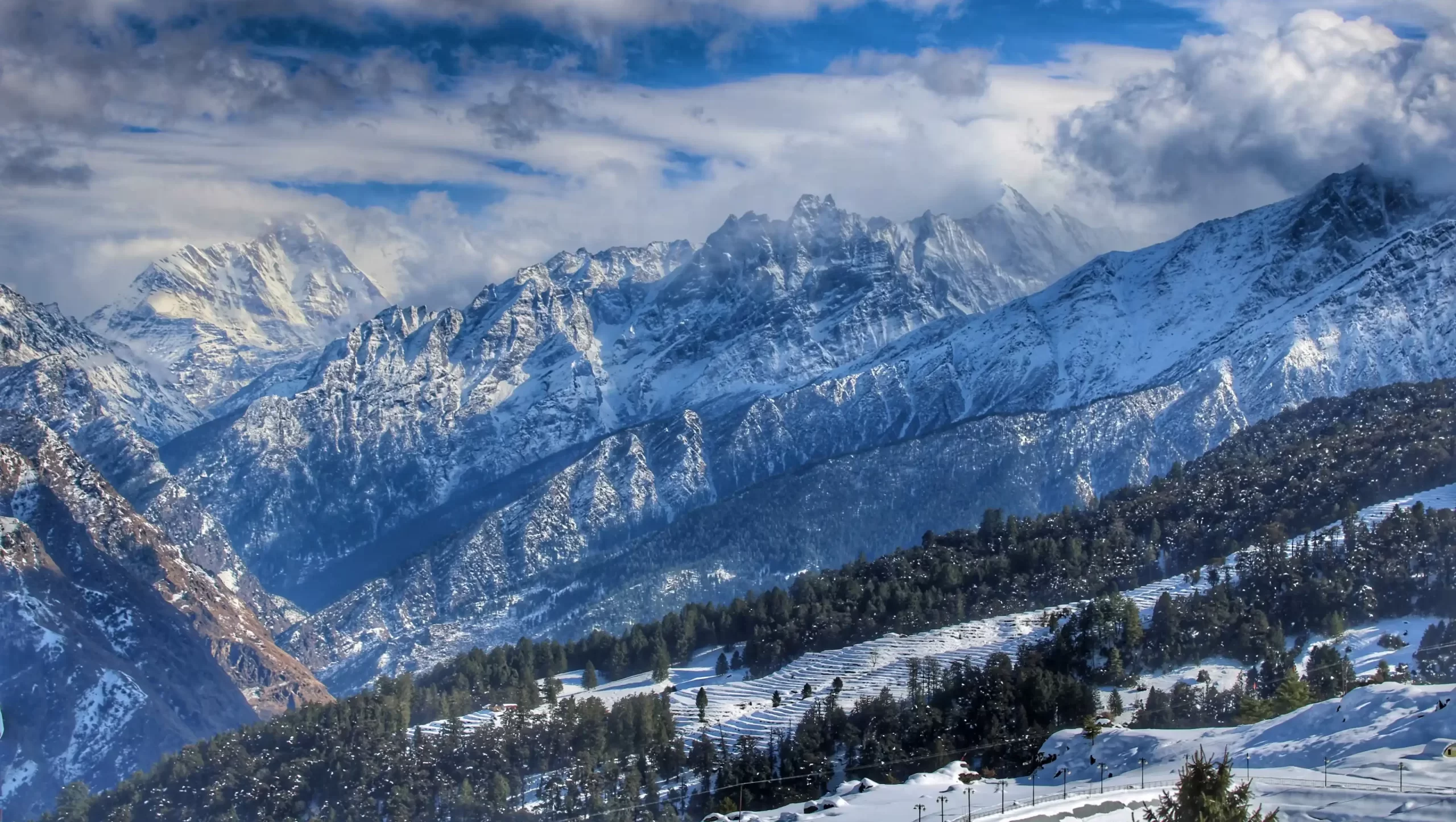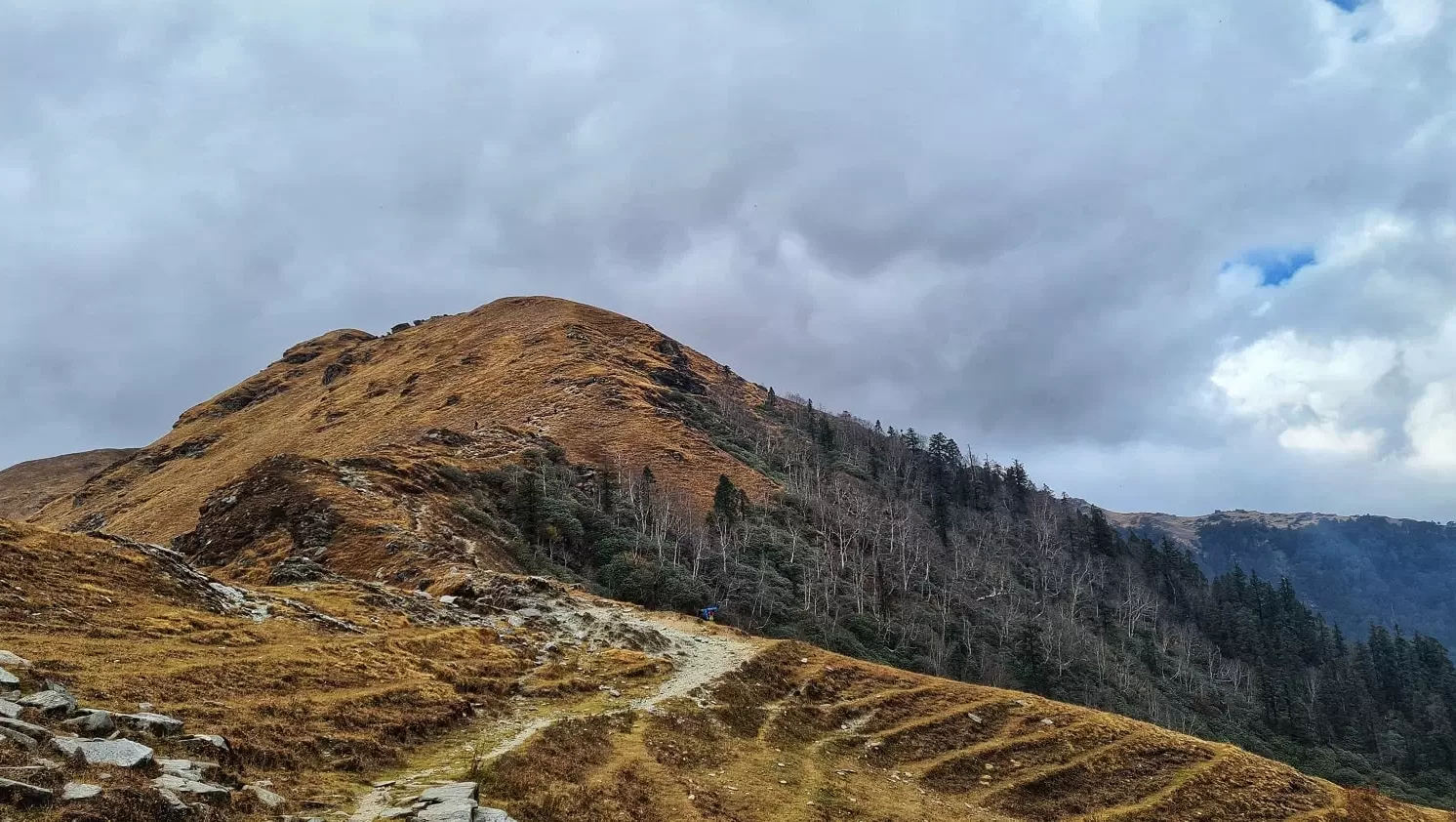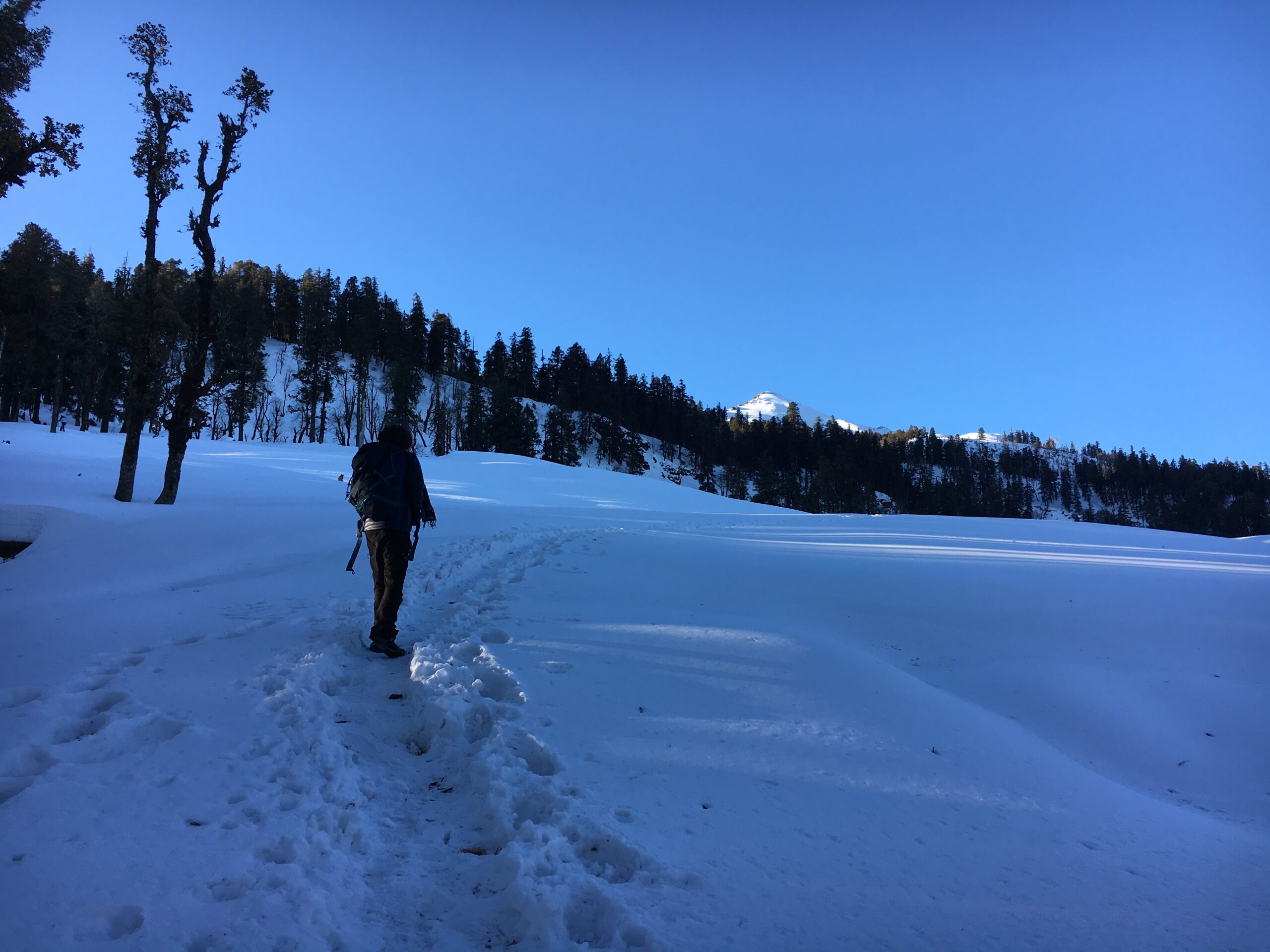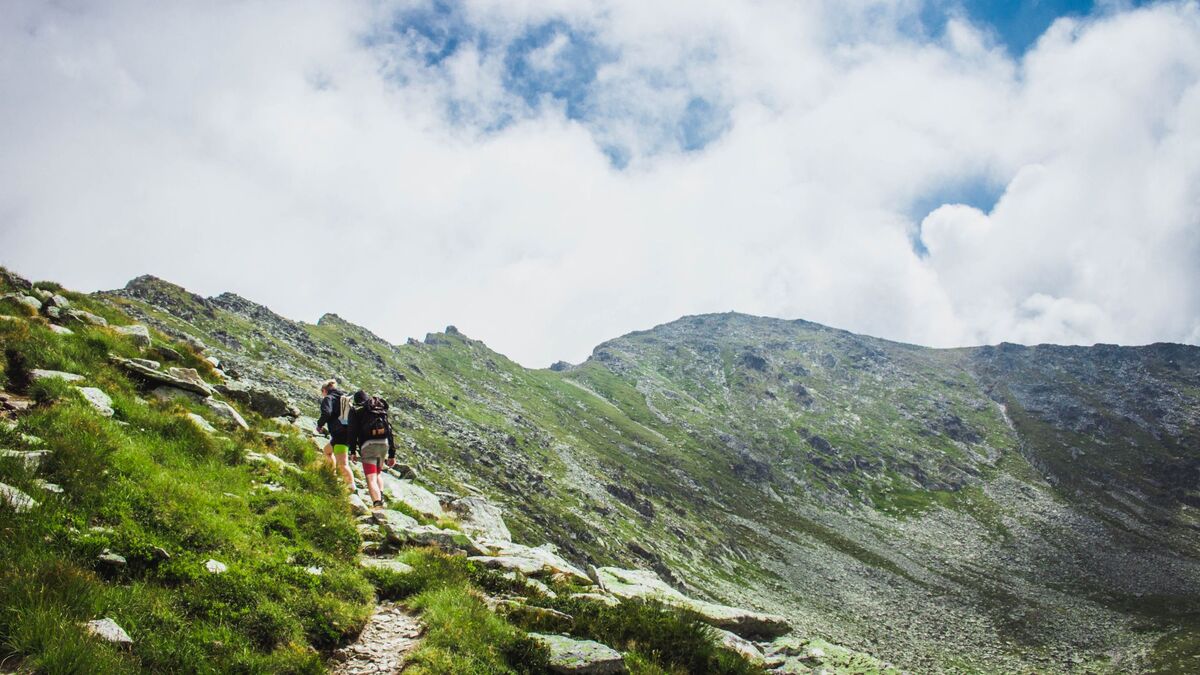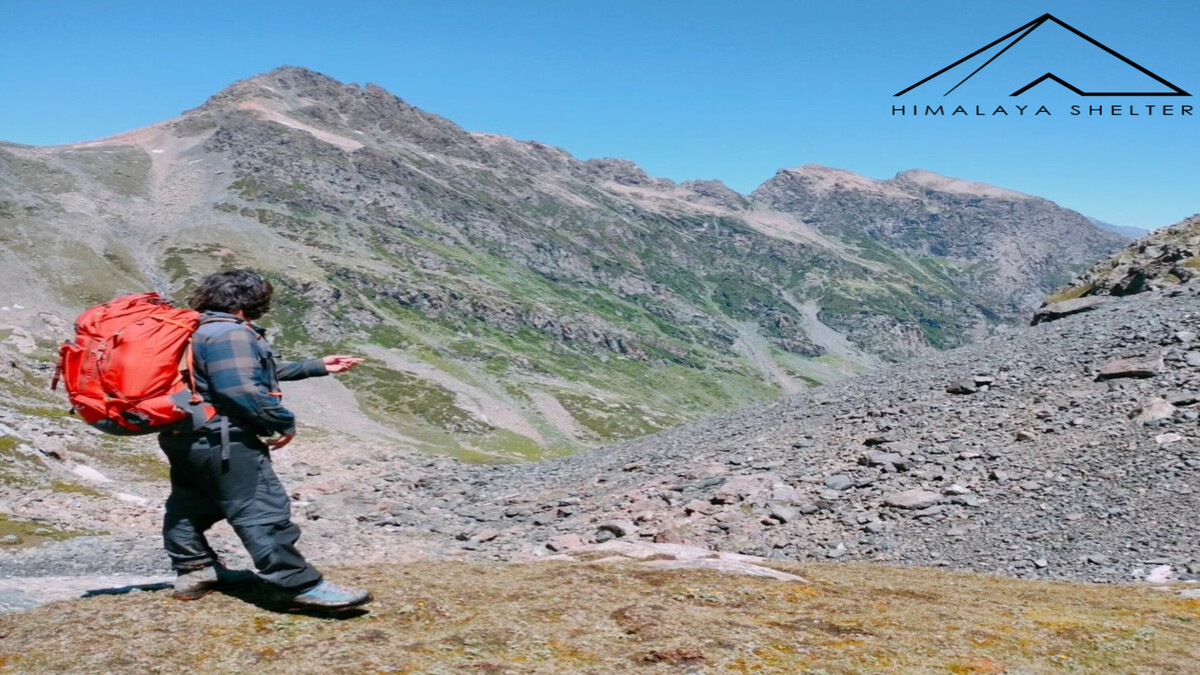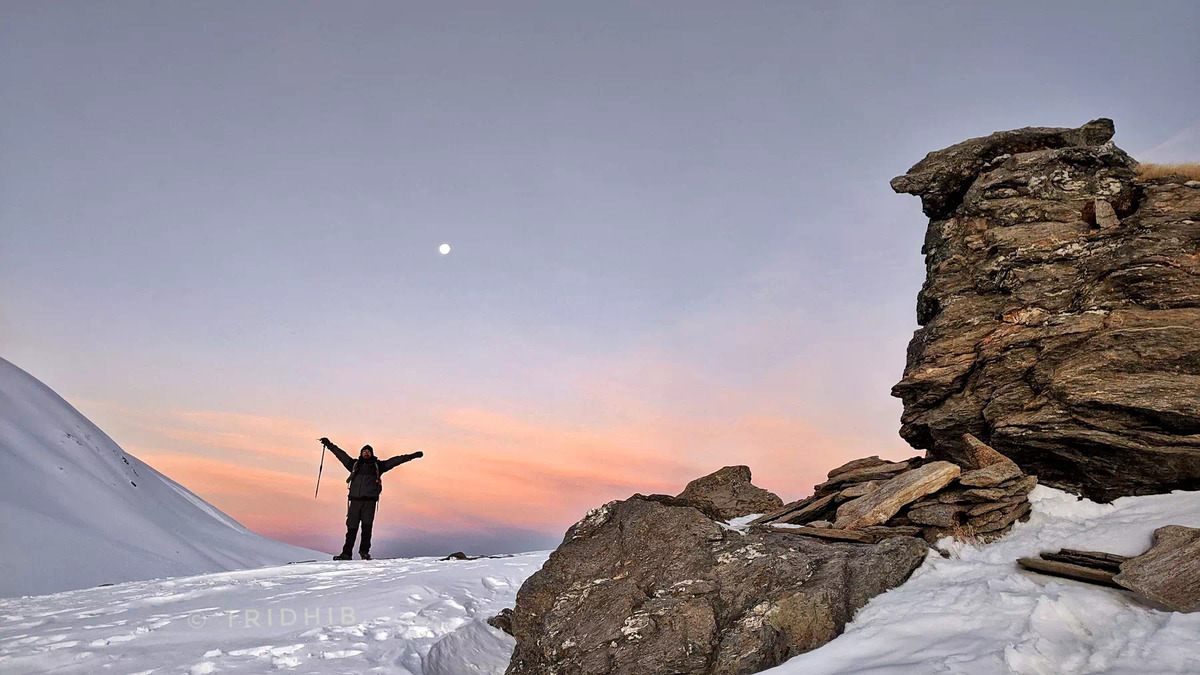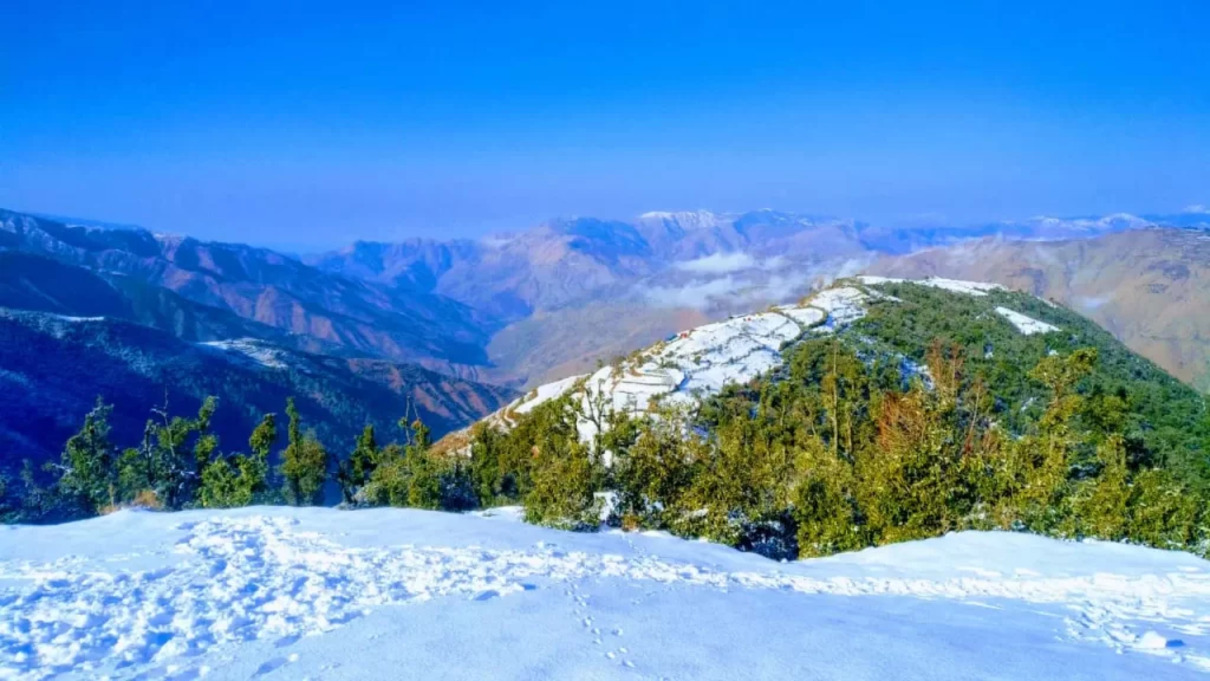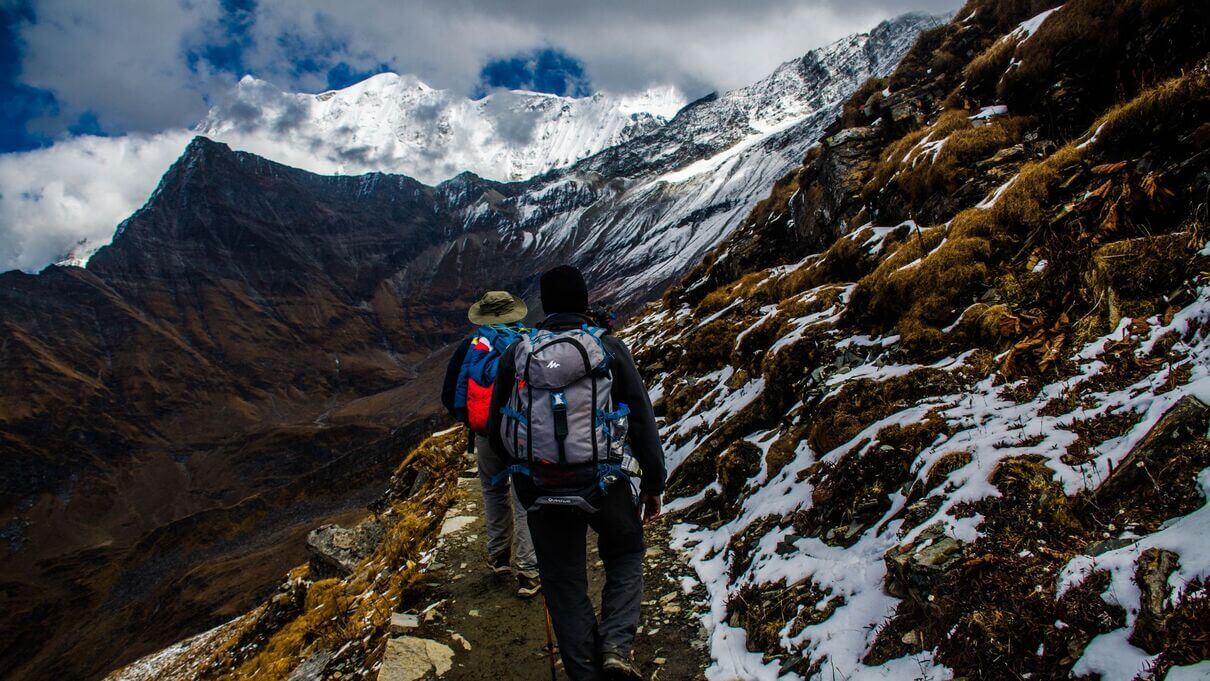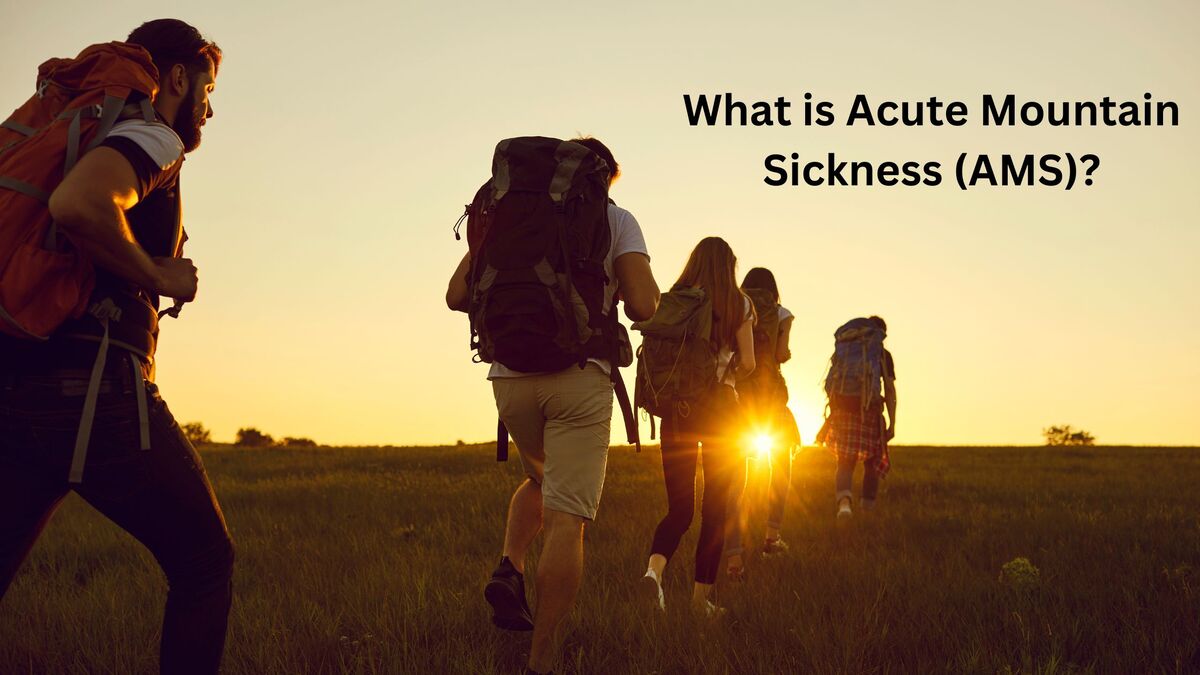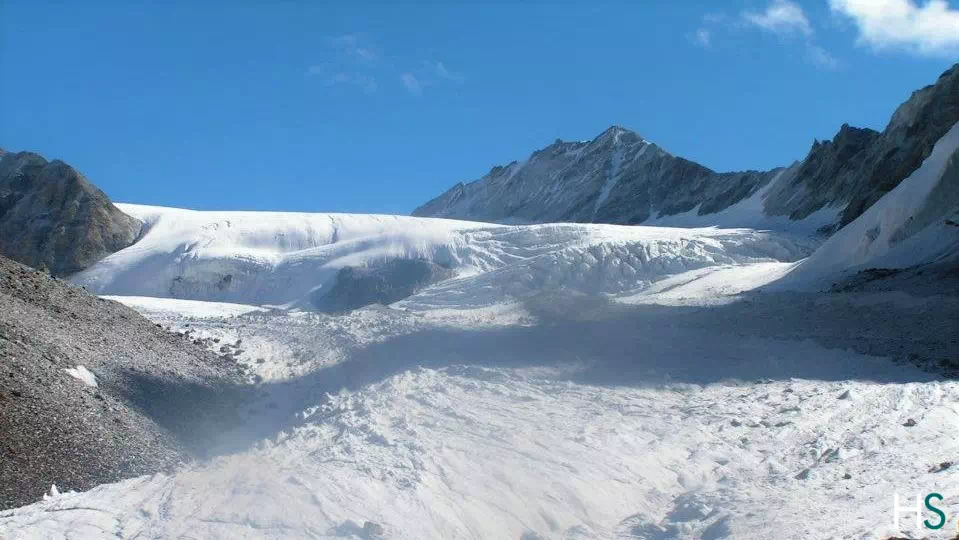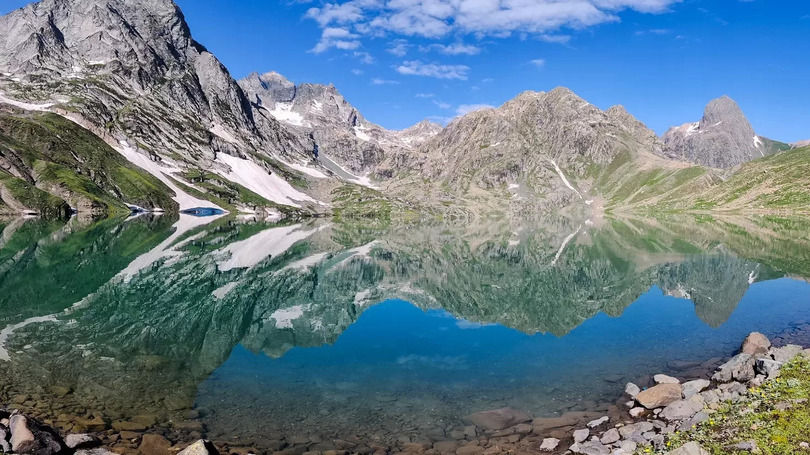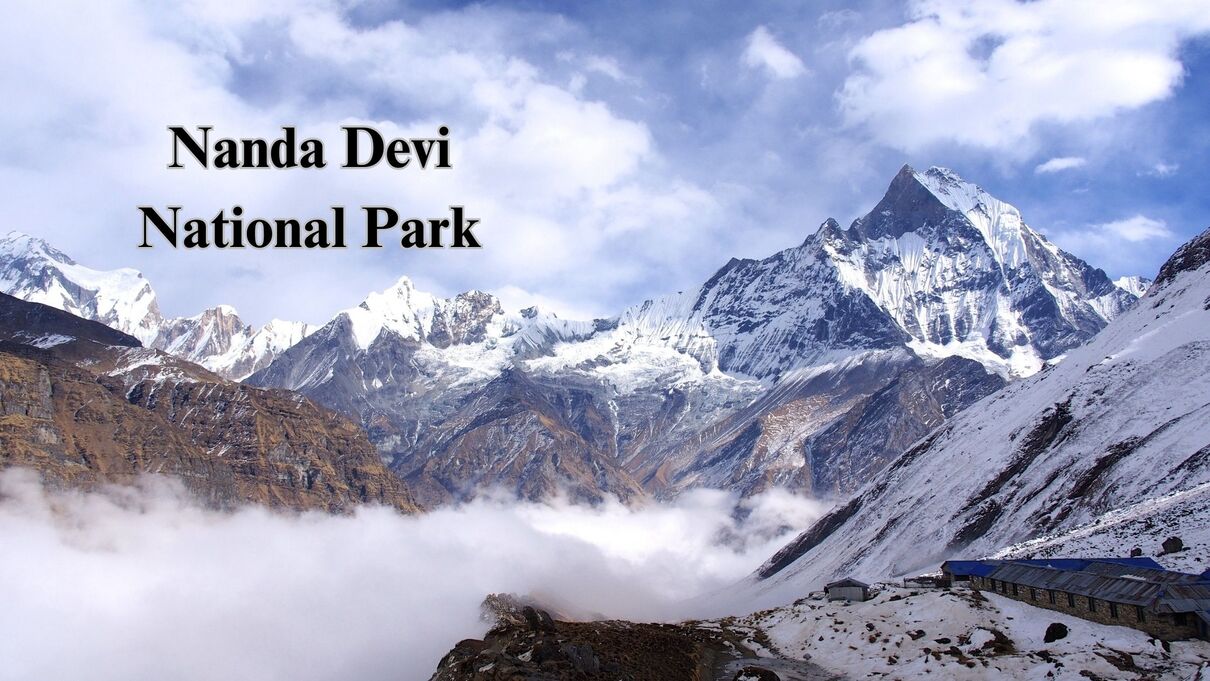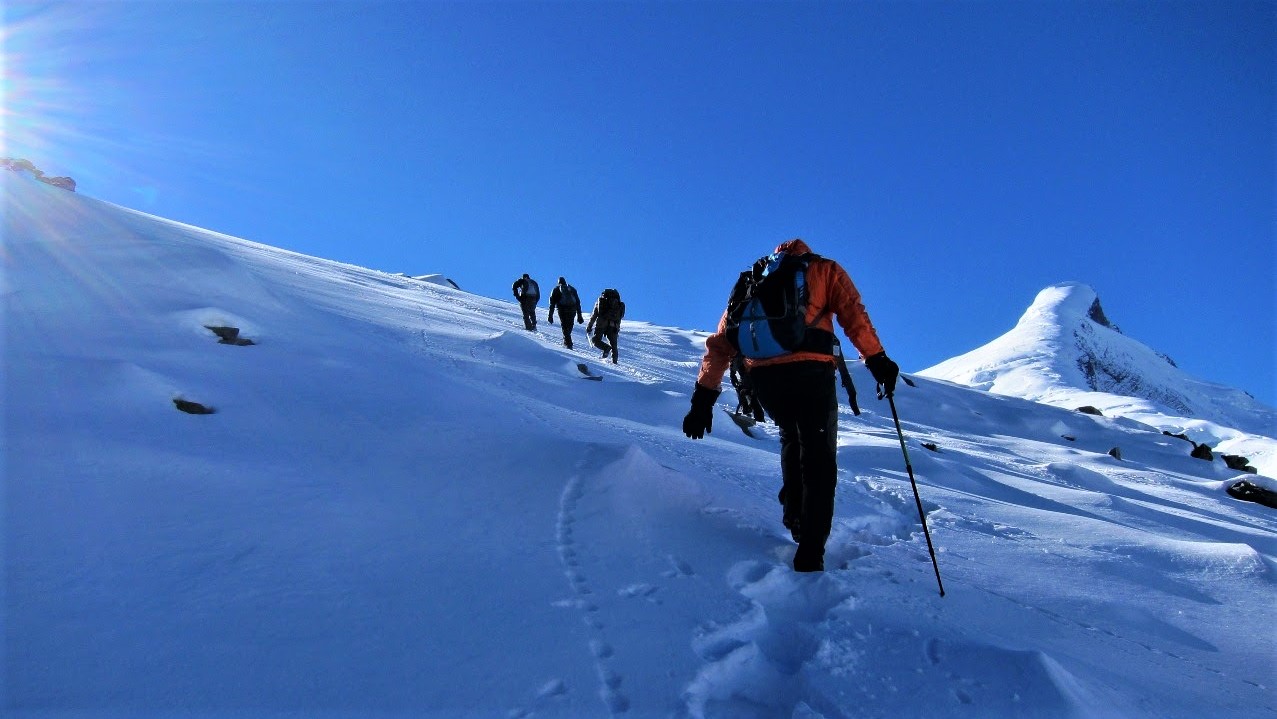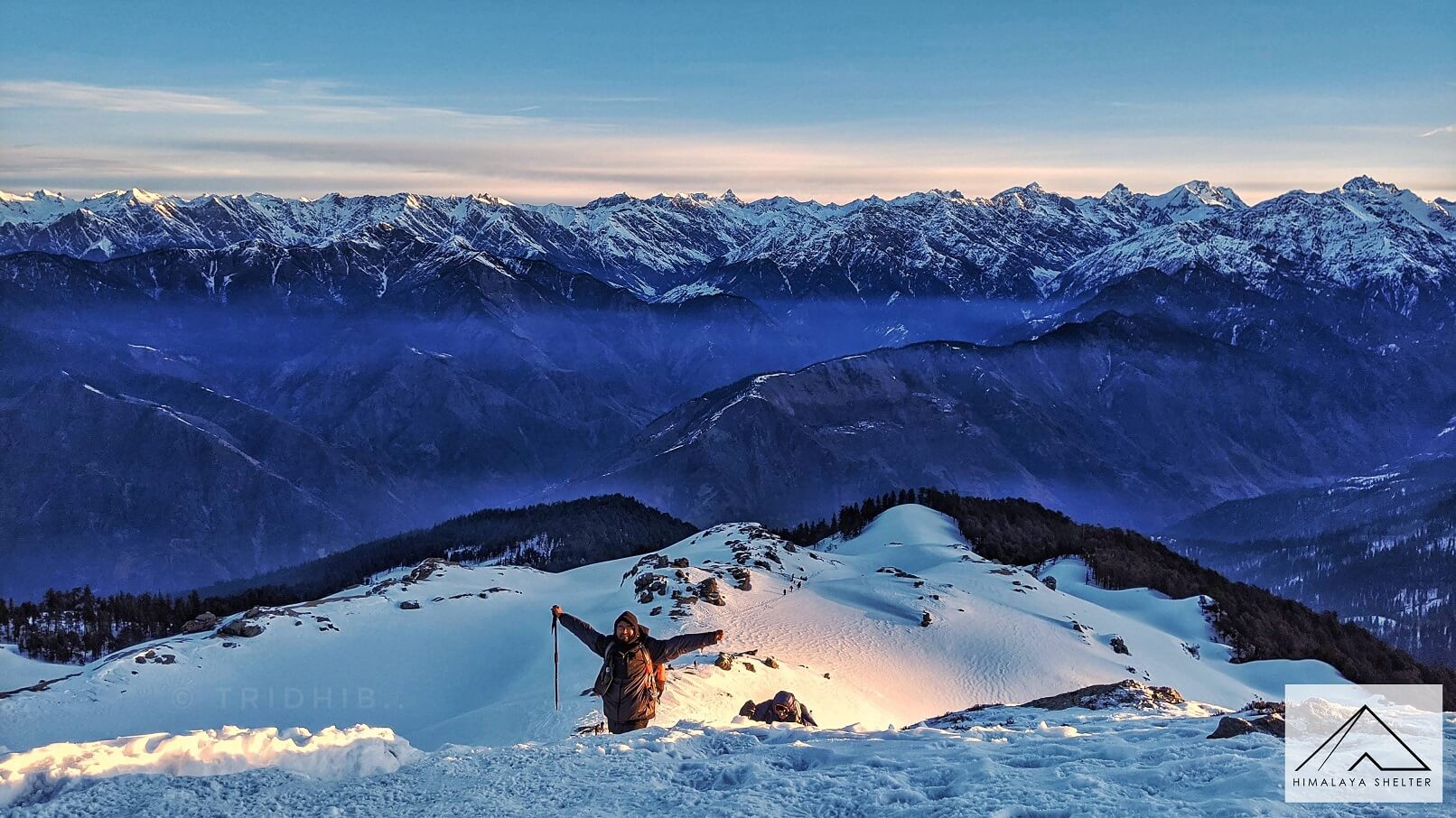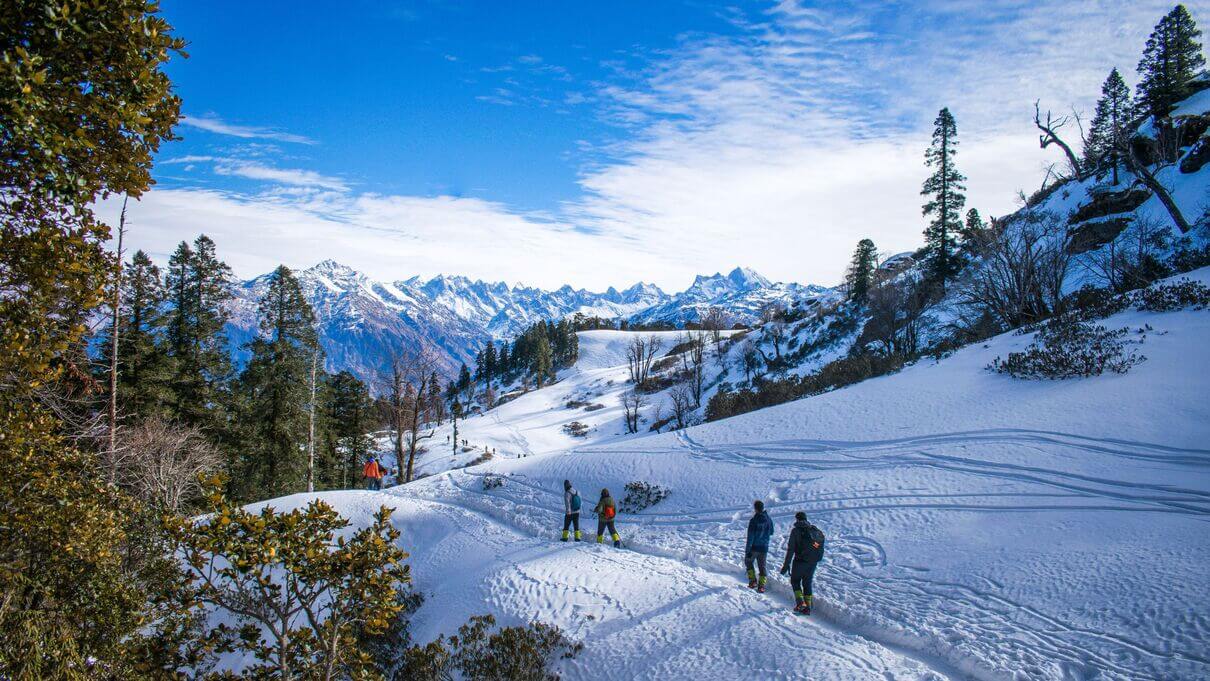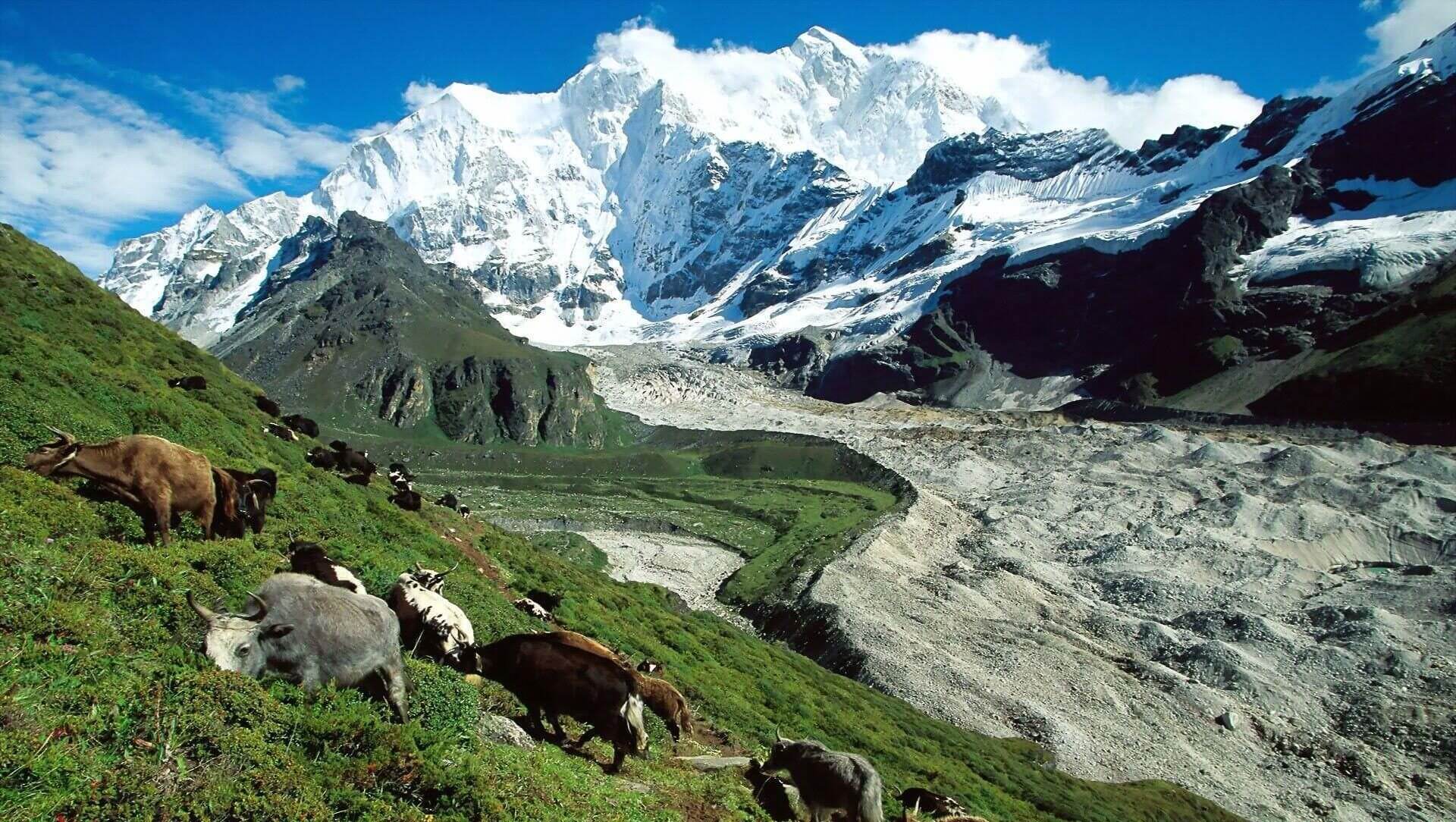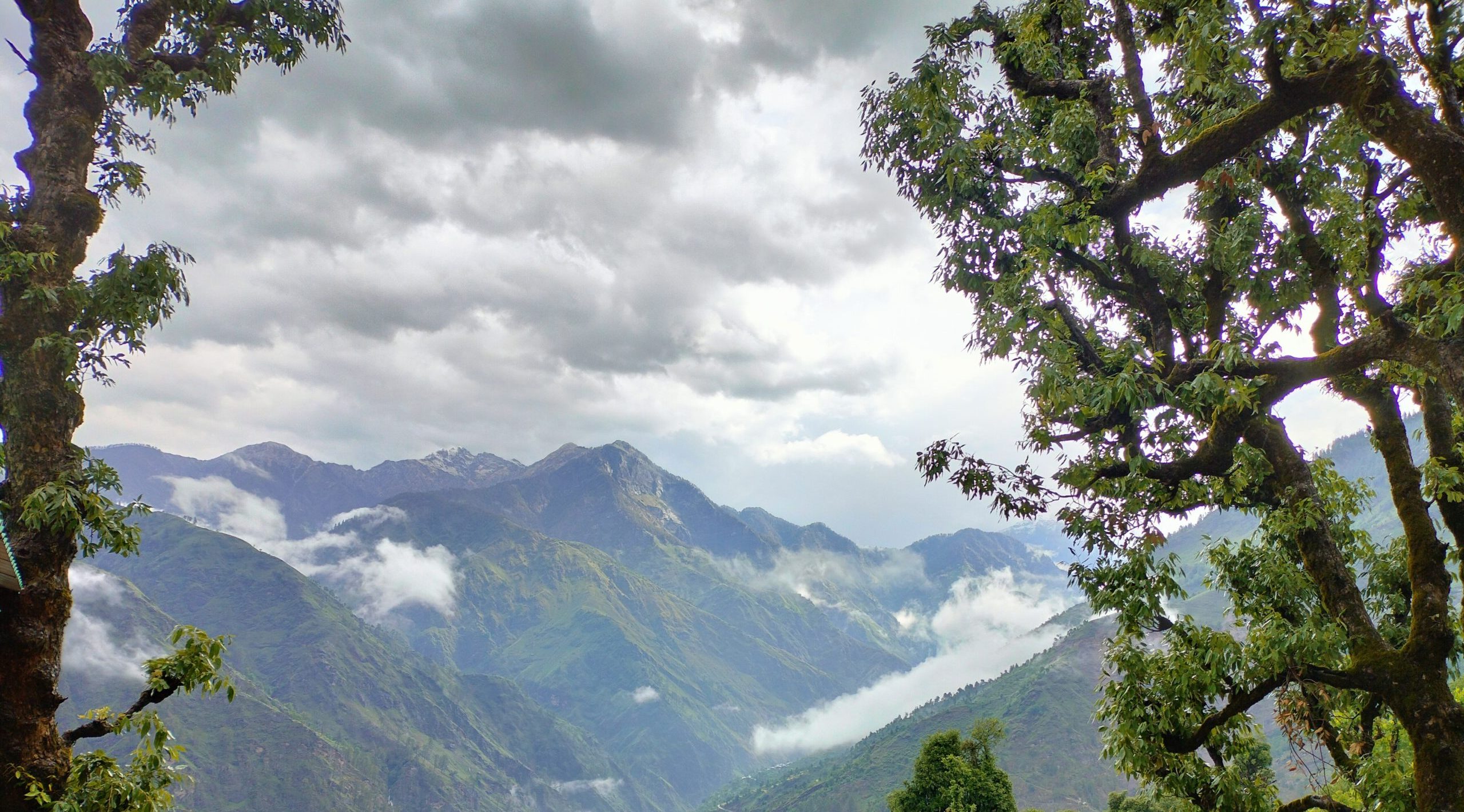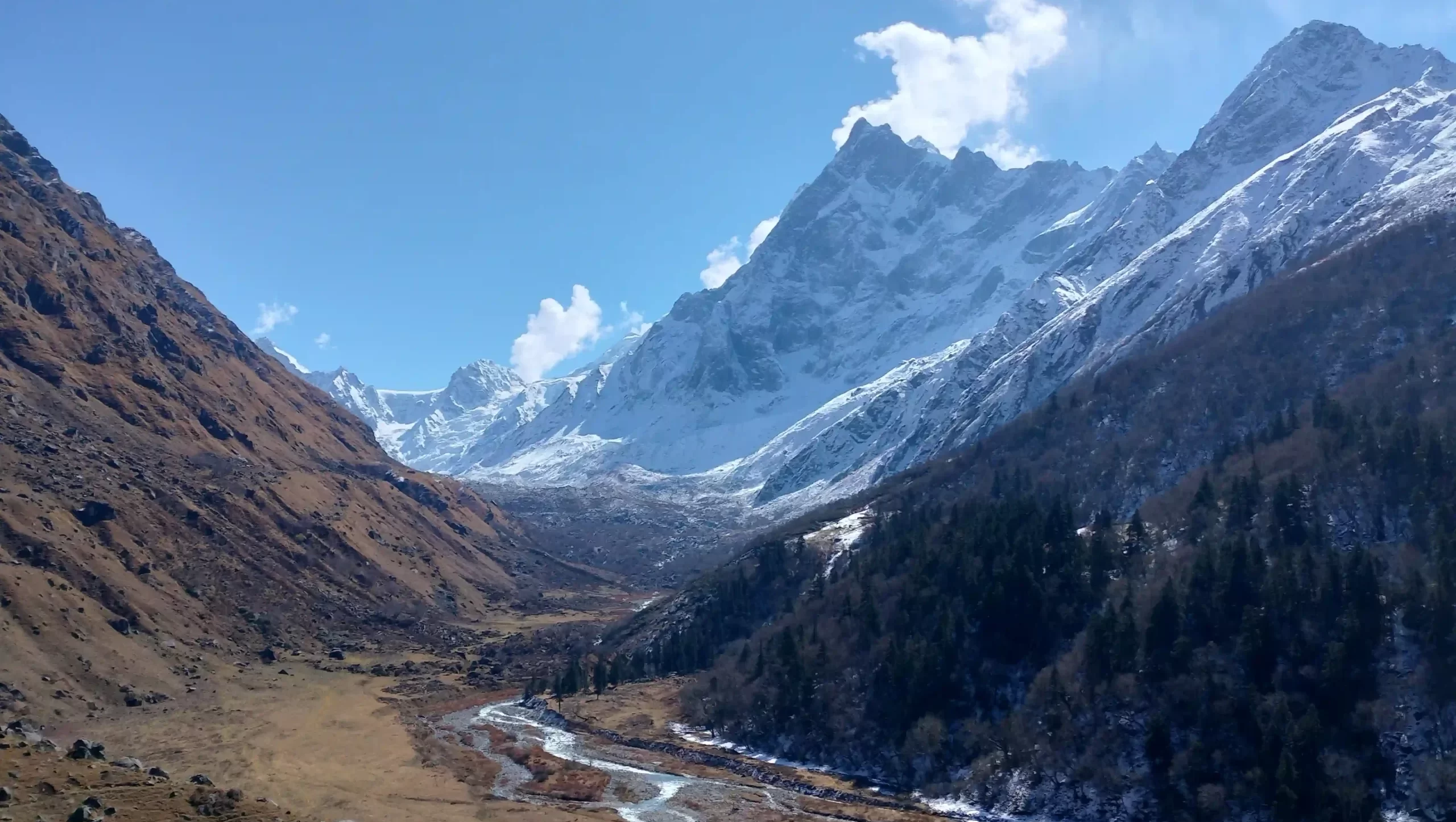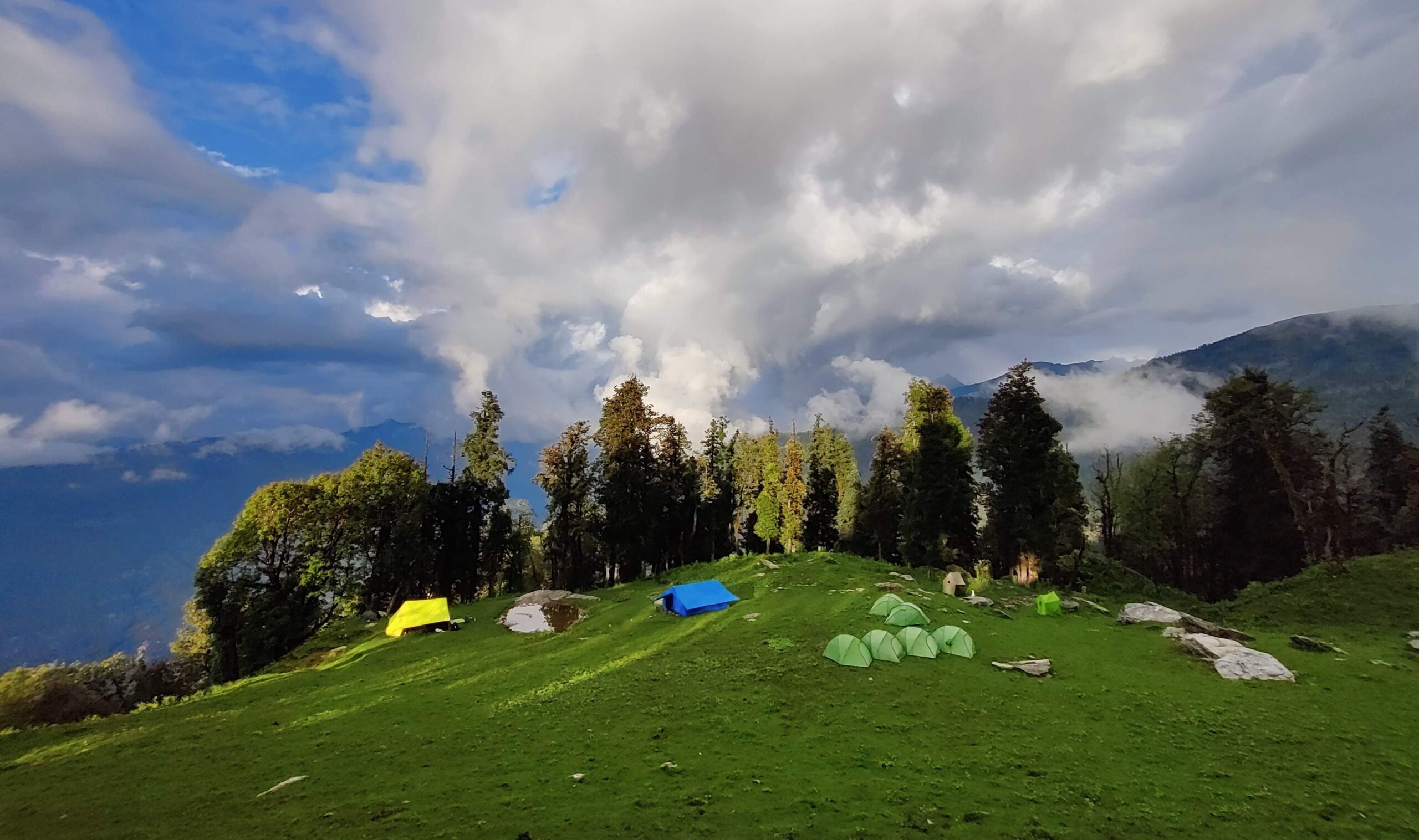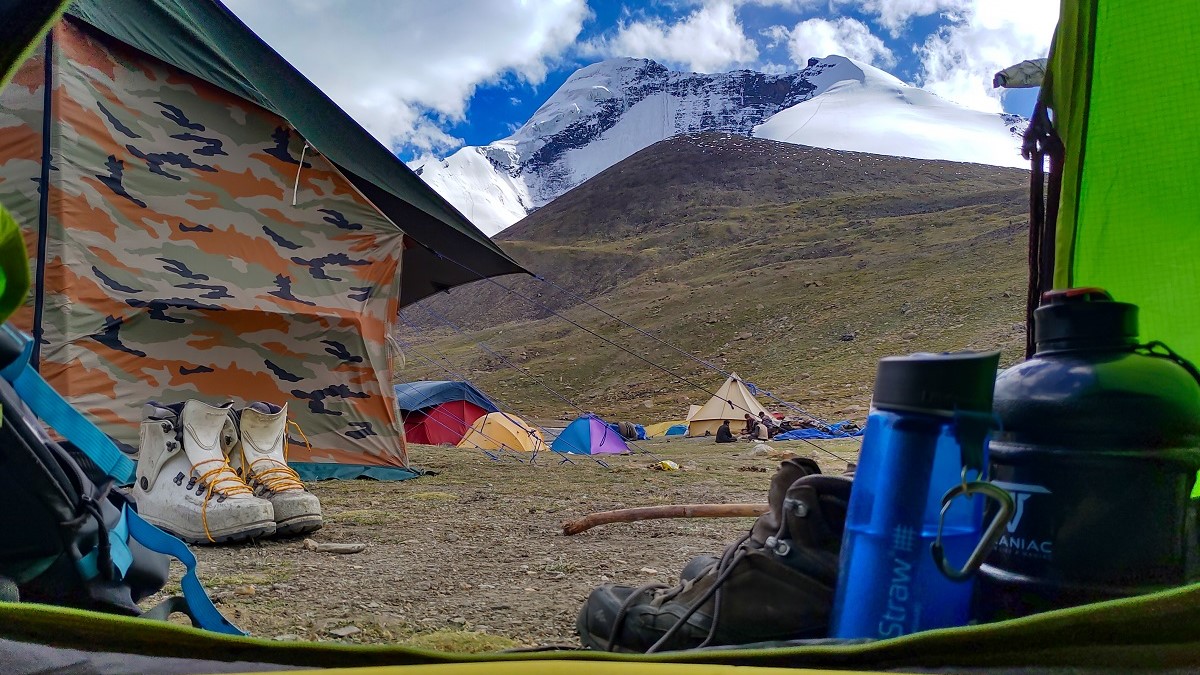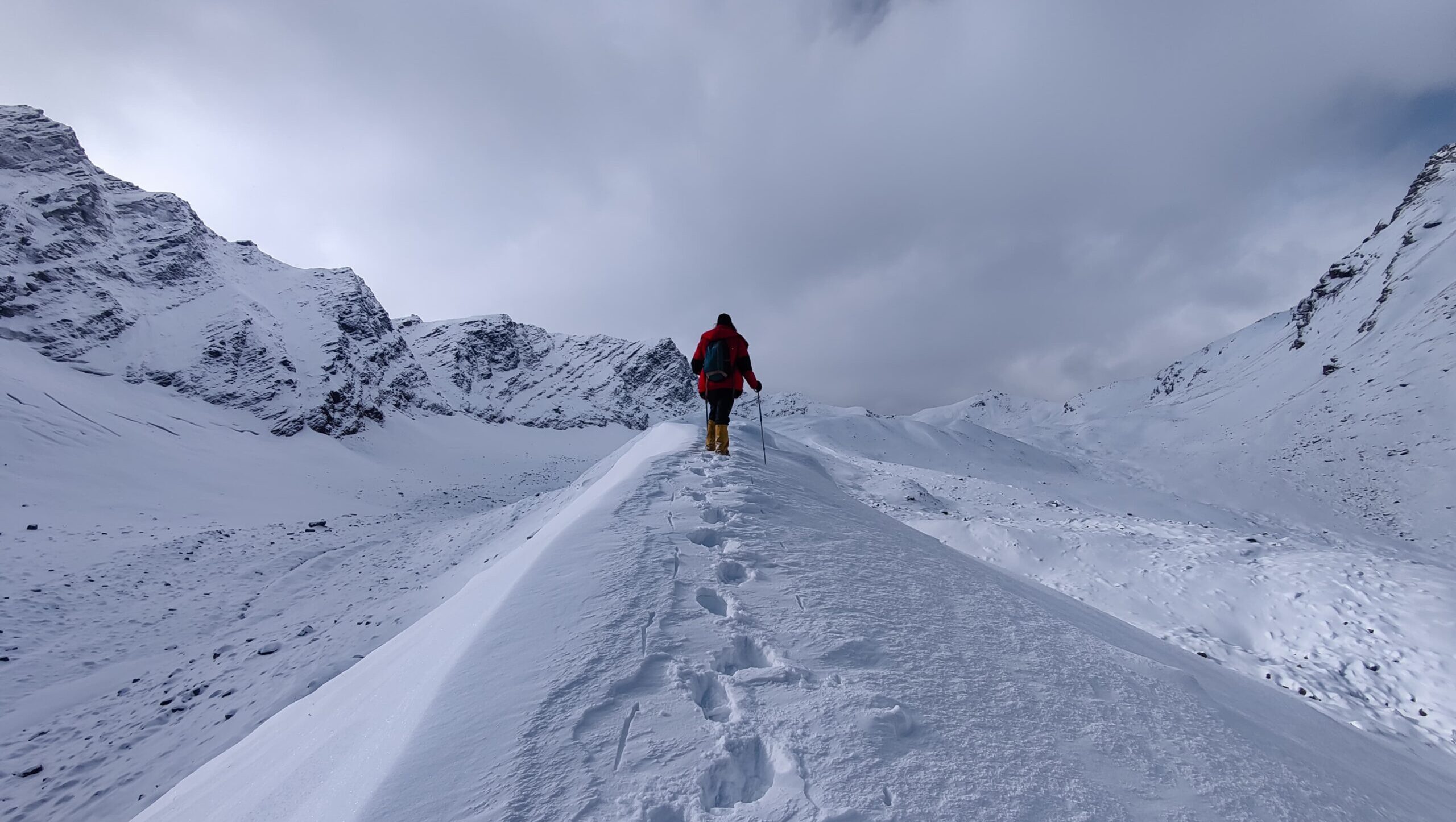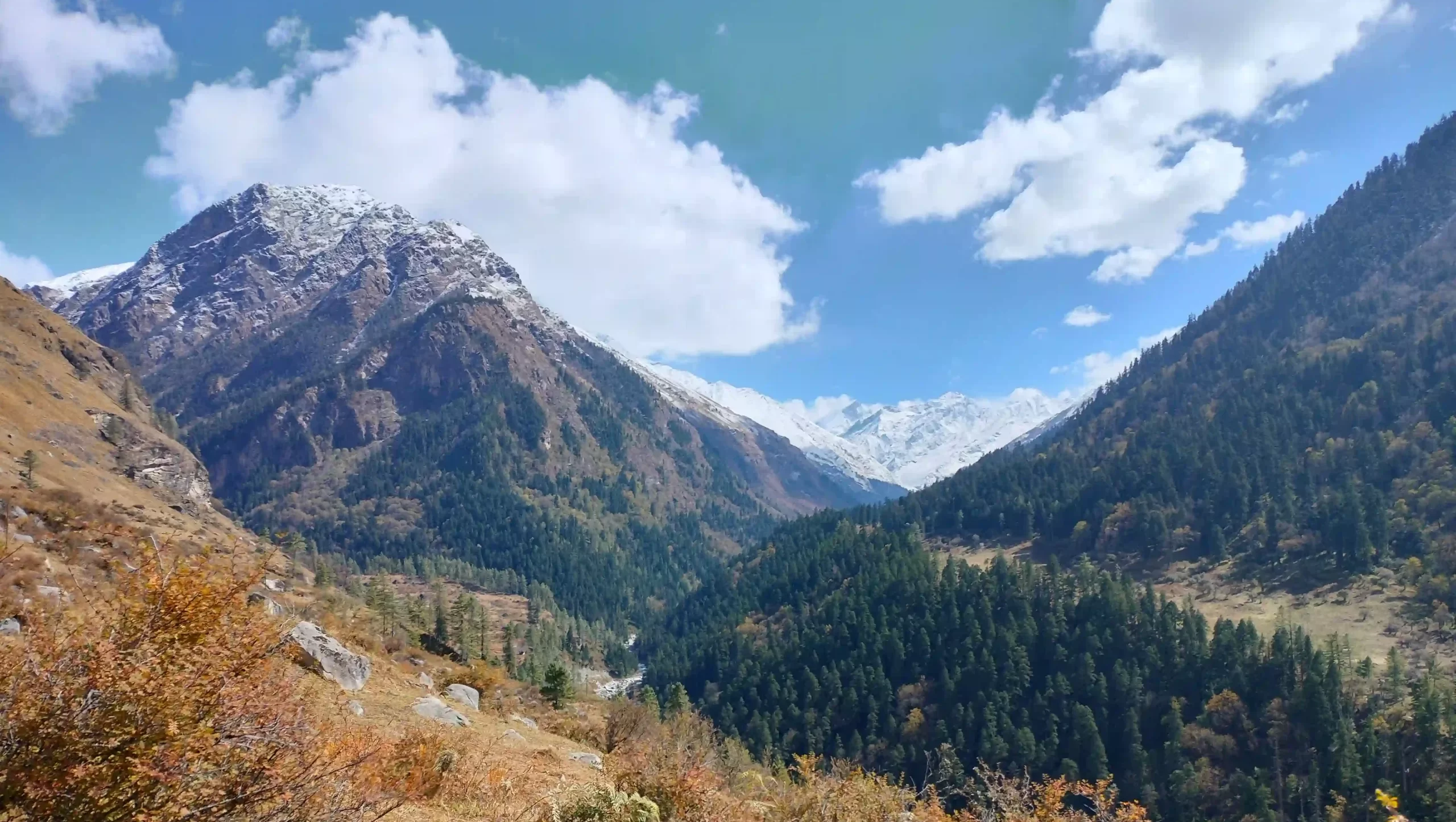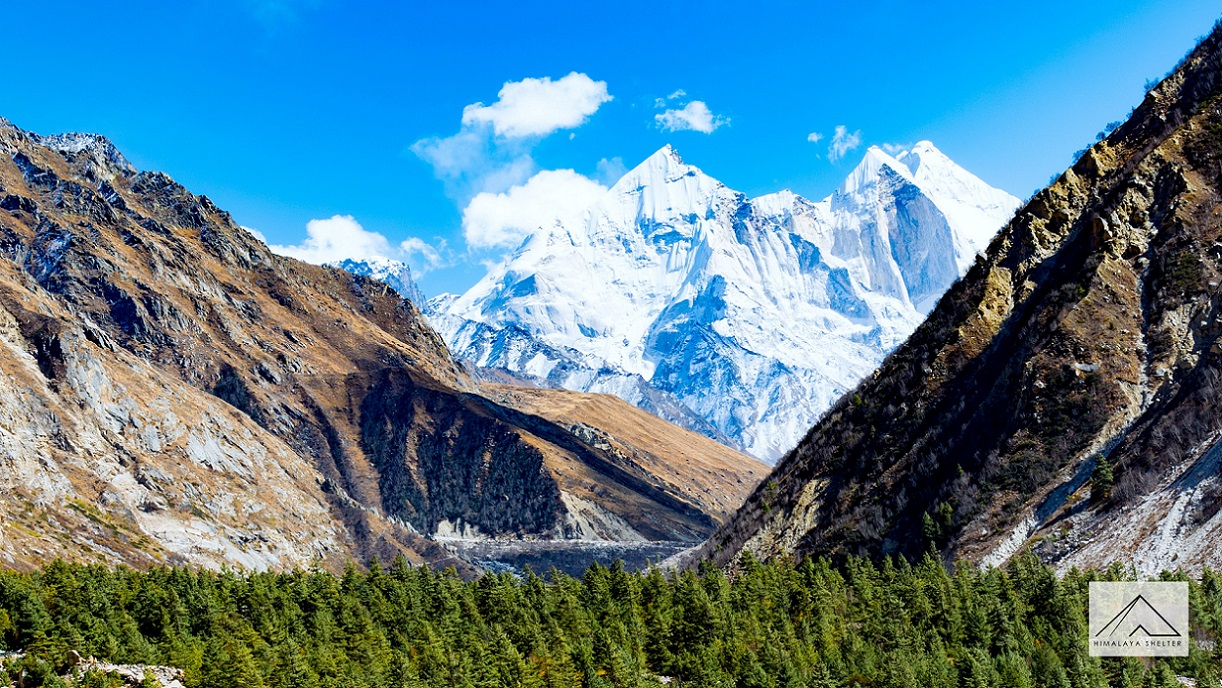Mountain Terminology: Key Concepts for Effective Communication
For every specific field, there is a specific Terminology ( the special words and expressions that are used in a particular profession). And for Mountains, we call Mountain Terminology which describes various feature characteristics, and concepts related to mountains and mountainous regions to communicate effectively about mountains
Why do you need to know about Mountain terminology?
when you are in the mountains you need to know about mountain terminology so that you can know and better understand the features of the mountains and the landscape around you. and it also helps in an easy flow of communication and efficiency during an emergency
Acclimatization
the process of temporary adjustment of an individual organism to changes in its environment like changes in altitude from sea level, temperature, and humidity. allowing it to maintain fitness across a range of environmental conditions

Ablation
The process of losing the snow or ice from the surface of a glacier or from a snow field, these are some factors that are the reason for ablation
Melting, calving, Avalanching, and sublimation
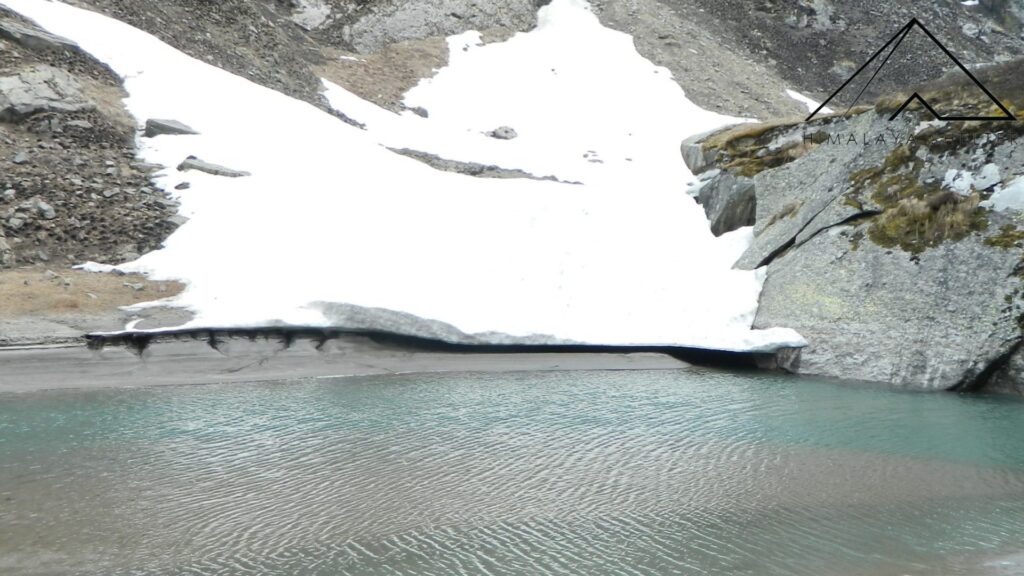
Accumulation
The addition of ice and snow into a glacier system. This occurs through a variety of processes including precipitation, firnification, and wind transportation of snow into the glacier basin from an adjacent area
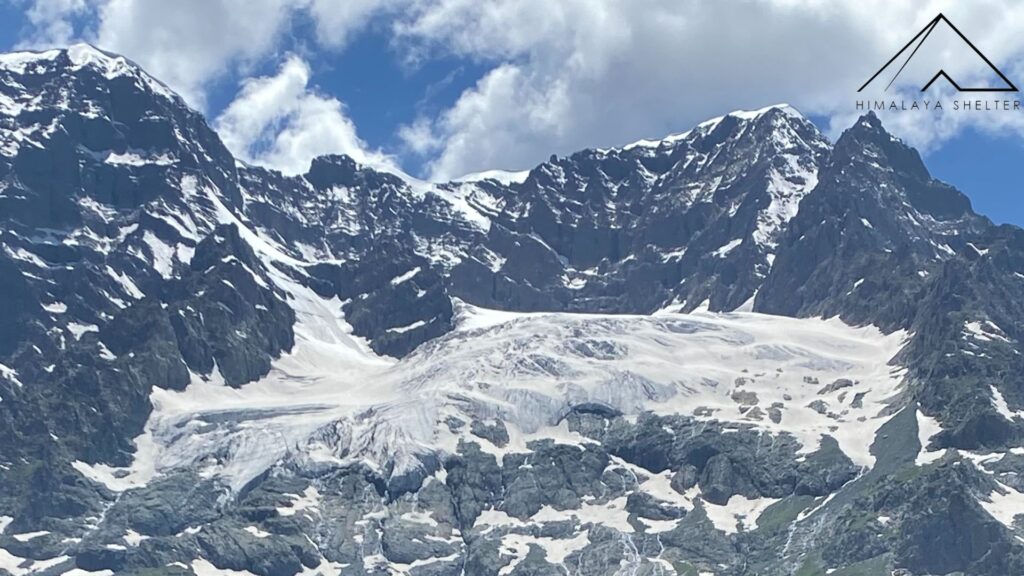
Glacial Stream
A glacier stream is a channelized area that is formed by a glacier in which liquid water accumulates and flows on ( Supraglacial ), in ( englacial ), or under ( subglacial) glacier
Moving under the influence of gravity

Avalanche
When an unstable Mass of snow and ice slides swiftly down a mountainside at rapid speed and brings with it snow, ice, rocks, soil, trees, etc. It occurs naturally but can be triggered by human activities
Snow Blindness
Temporary eye pain and discomfort where the sun rays intensify as they reflect off of snow cause exposure to too much ultraviolet (UV) light.

Crevasse
Big cracks on glacier tapering at the bottom may be horizontal, vertical, or diagonal and open or closed
White Out
The weather phenomenon occurs when visibility is severely reduced due to blowing snow or fog, creating a completely white or featureless landscape.
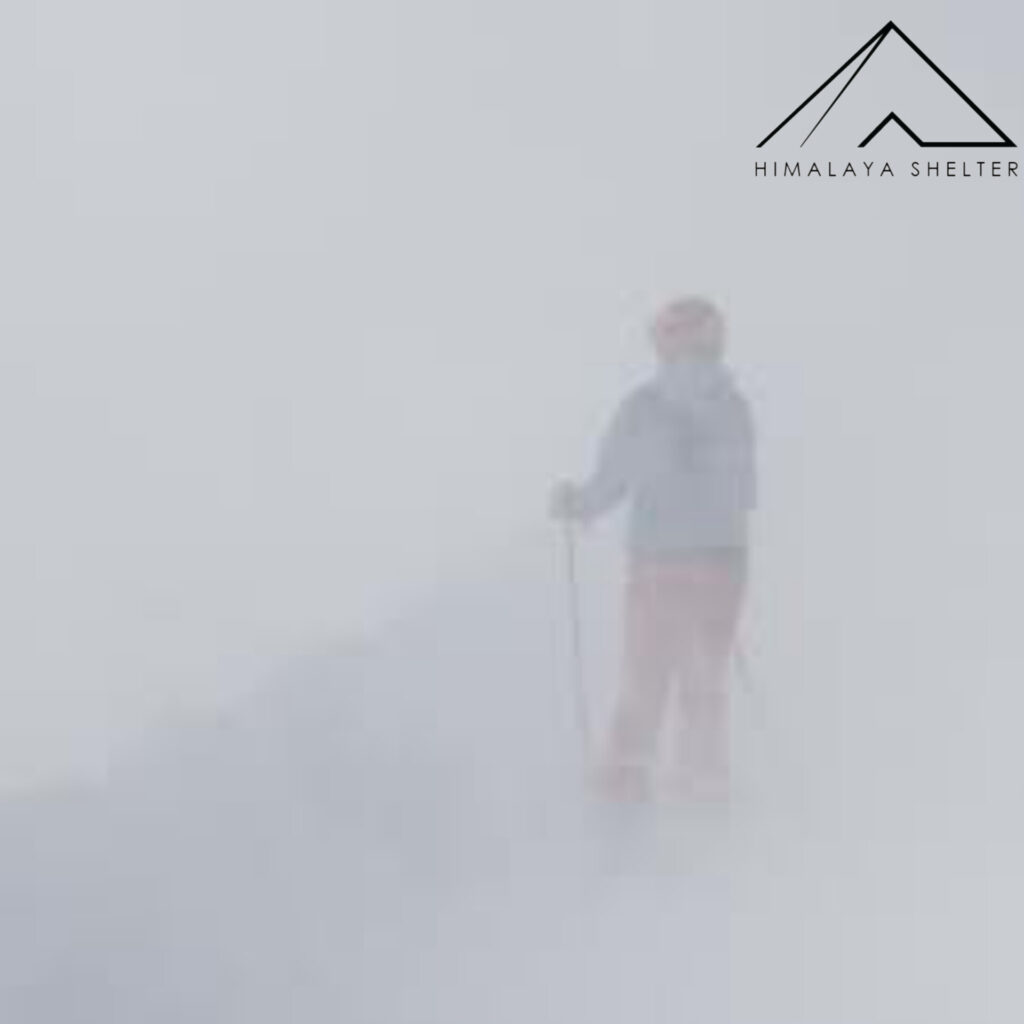
Base Camp
A main encampment providing supplies, shelter, and communication for people engaged in wide-ranging activities such as exploring and mountain climbing and where people can call back for rest in case of bad weather

Cornice
Overhanging slab of snow over a ridge, formed by wind blowing from the windward side to the leeward side of the mountain

Moraine
A moraine is a material left behind by a moving glacier this material is usually soil and rock.
Glaciers transport all sorts of dirt and boulders that build up to form moraines

Firn
An intermediate stage in the transformation of snow to glacier ice. Snow becomes firm when it has been compressed so that no pore space remains between flakes or crystals, a process that takes less than a year

Glacier
Massive Bodies of slowly moving ice. Glaciers form on land, and they are made up of fallen snow that gets compressed into ice over many centuries. They move slowly downward from the pull of gravity

Calving
The process by which pieces of ice break away from the terminus of a glacier that ends in a body of water. The ice that breaks away can be classified as an iceberg, growler, or a crevasse wall breakaway
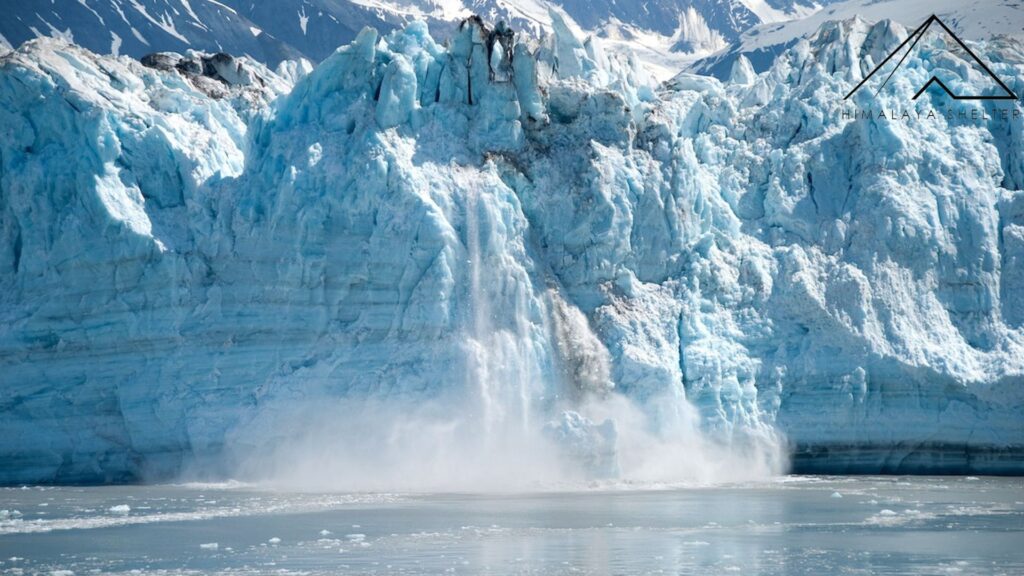
Balling Up
Ball of snow that forms on the base of the crampons while walking on snow, can be dangerous for the climber and cause a fall
Snow Line
An imaginary line on a mountain that marks the height above which snow does not completely melt. It’s not at the same elevation everywhere in the world the snow line’s location depends on conditions such as elevation, latitude, proximity to the sea, climate, and others

Glacial Table
A rock that is balanced on a pedestal of ice, and elevated above the surface of a glacier. the rock protects the pedestal of ice from melting by insulating it from the sun

Hanging Glacier
A glacier originates high on the wall of the glacier valley and descends only part of the way to the surface of the main glacier.
Ice Cave
A natural cave or tunnel in ice especially one formed in a glacier by water streams

Ice Serac
Blocks or columns of ice
Bucket Step
While ascending on snow using a zing zag pattern, a border step made by climbers

Ice Cliff
A very steep, vertical, or overhanging face of ice, also called a precipice
Glacial Pool
Any pond of water on the top of a glacier formed by the melting of snow or ice

Snow Plume
Snow that gets blown by the wind from a peak and looks like clouds
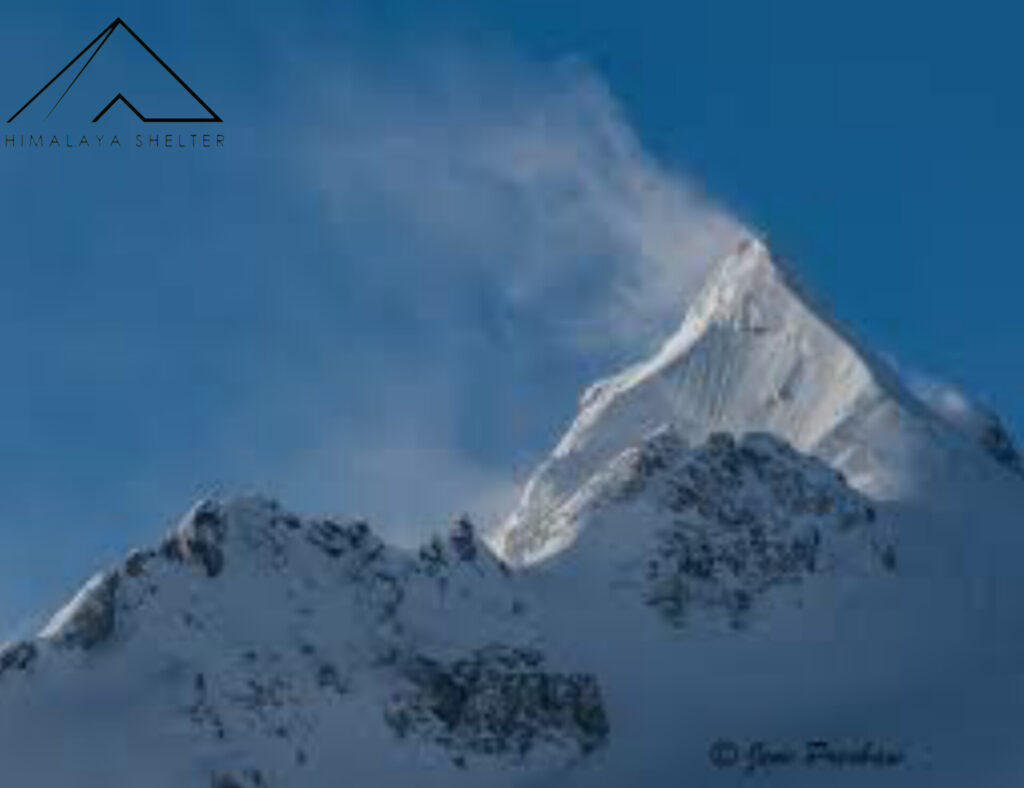
Meadow
The open grassy plain ground on the slopes of the mountain

Pass /La.
Generally, the lowest point connects two valleys and is usually used to cross from one to the other
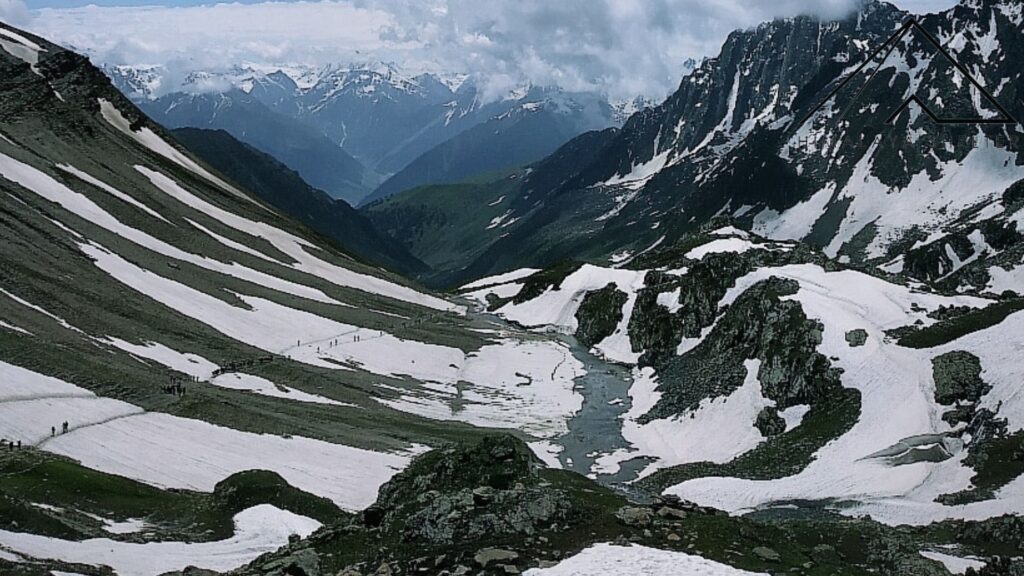
Coll
A pass that requires technical equipment or knowledge to cross
Knoll
Small round hill

Plateau
The flat plain ground on the top of a mountain

Gorge
A narrow deep valley with steep sides

Massif
A compact portion of a mountain range, containing one or more summits

Range
Series of Mountains

Verglas
A slippery thin coating of ice on the rock
Summit
Highest point/top of the mountain

Valley
The gap between the two mountains

Doon
A very wide valley
Ridge
The line connecting two mountain tops

Snow Blizzard
Storm of snow blown at excessive speeds.

Crust
Top hard layer on snow
Snow Bridge
A bridge of snow over which a crevasse can be crossed.

Tower
A rock projection that is flat on the top
Cairn
A distinctive pile of stones placed to mark a route

Pinnacle
A rock projection that is tapering at the top

Bivouac /Bivvy
Temporary Shelter to stay, a camp, or the act of camping

Treeline
The tree line is the edge of the habitat at which trees are capable of growing

Alp
Grassland below the snow line

Tarn
High-altitude mountain Lake

Cwm
A rounded glaciated valley also known as a corrie or cirque
Snowfield
A ground of snow

